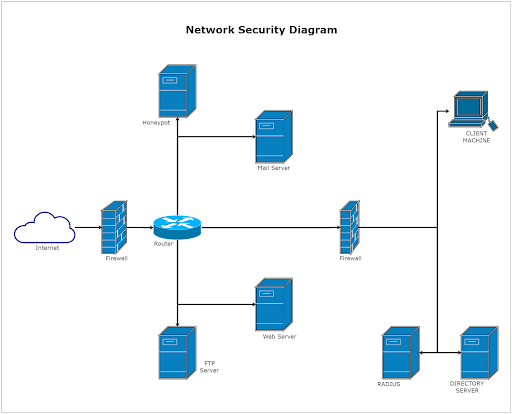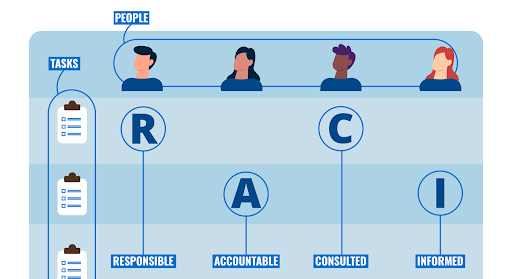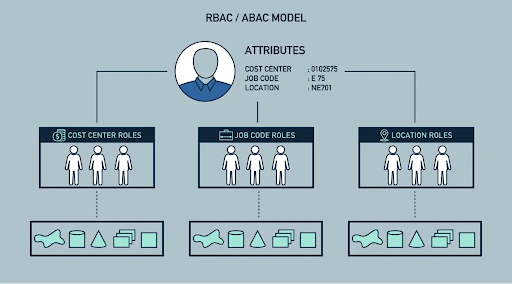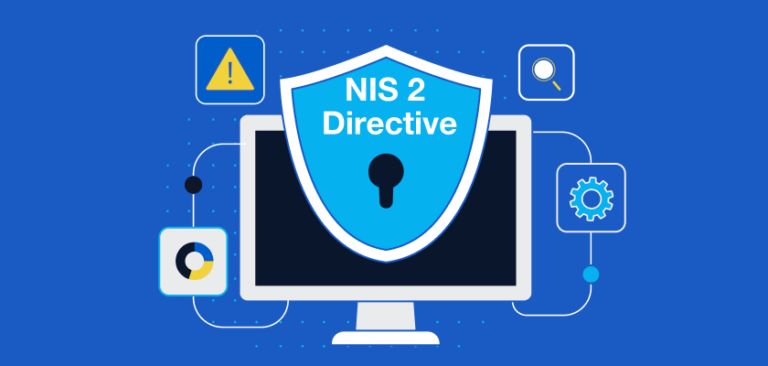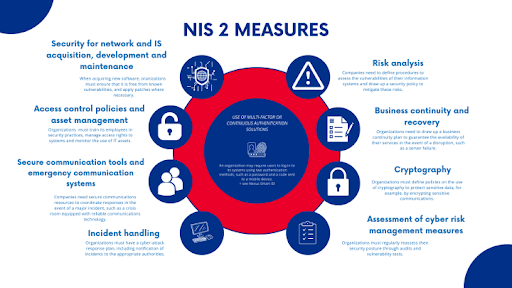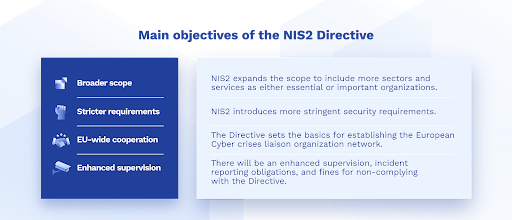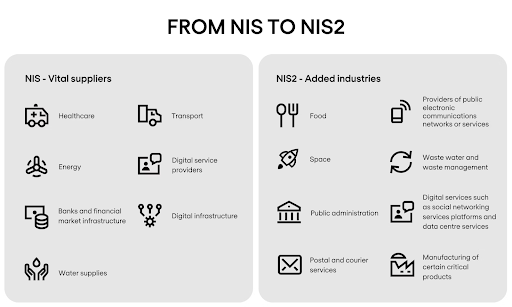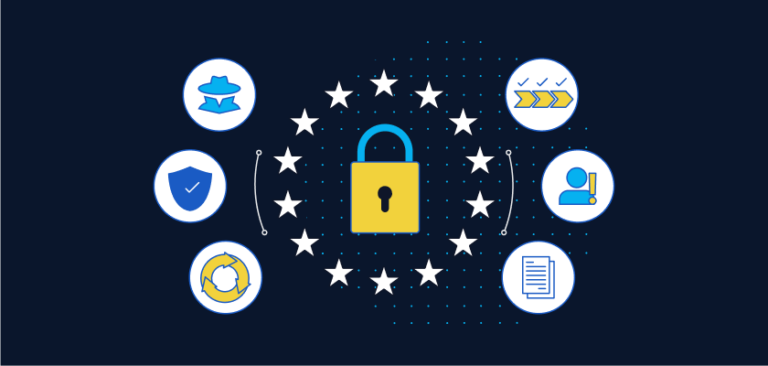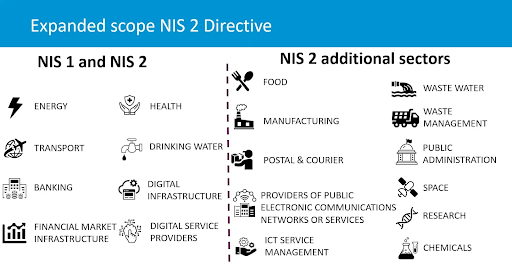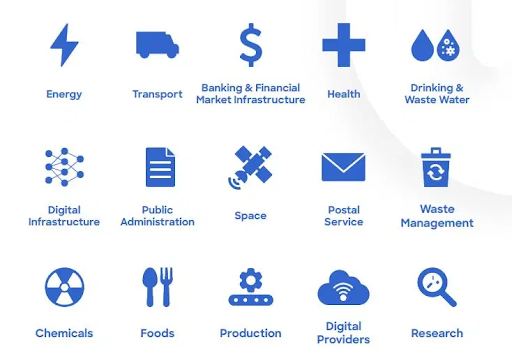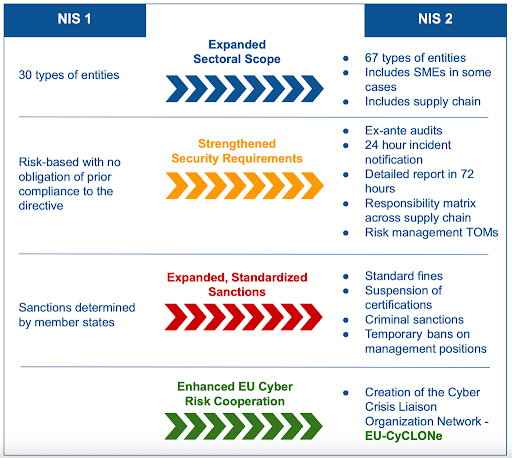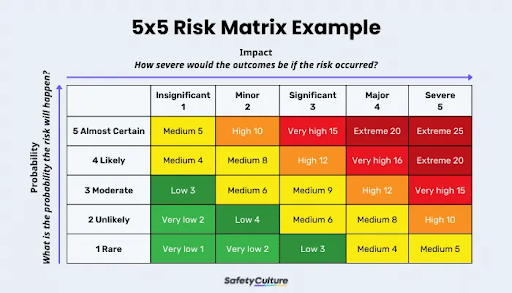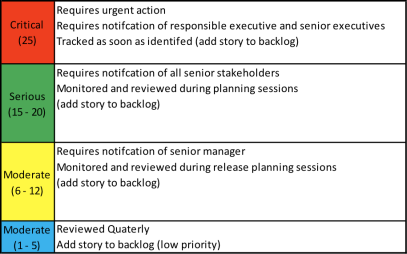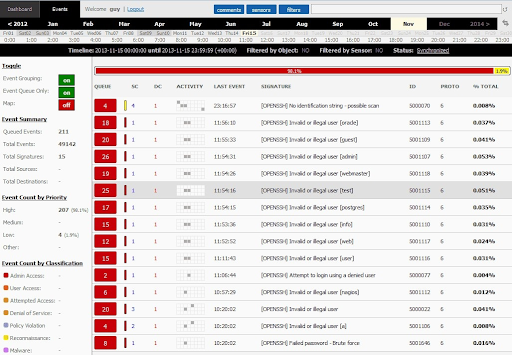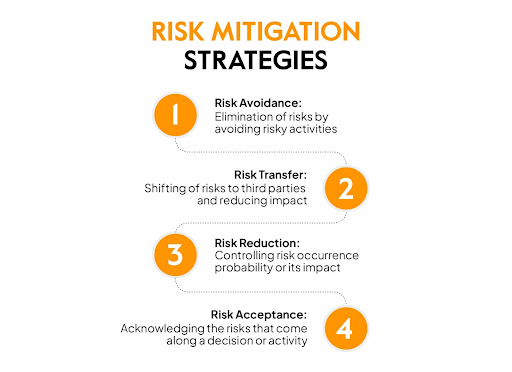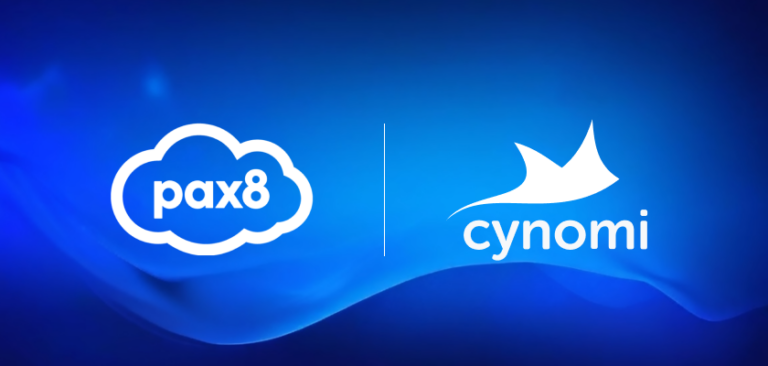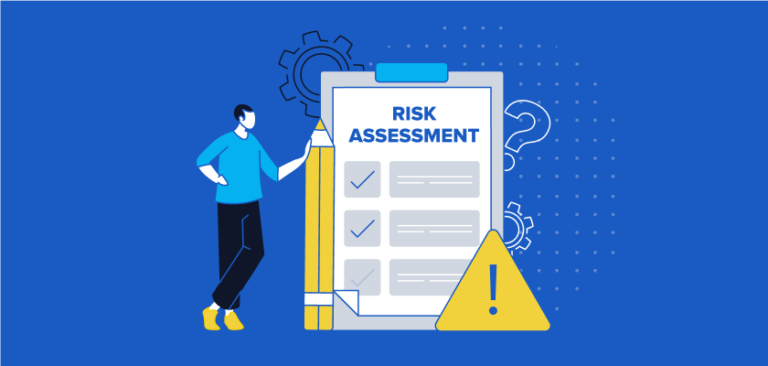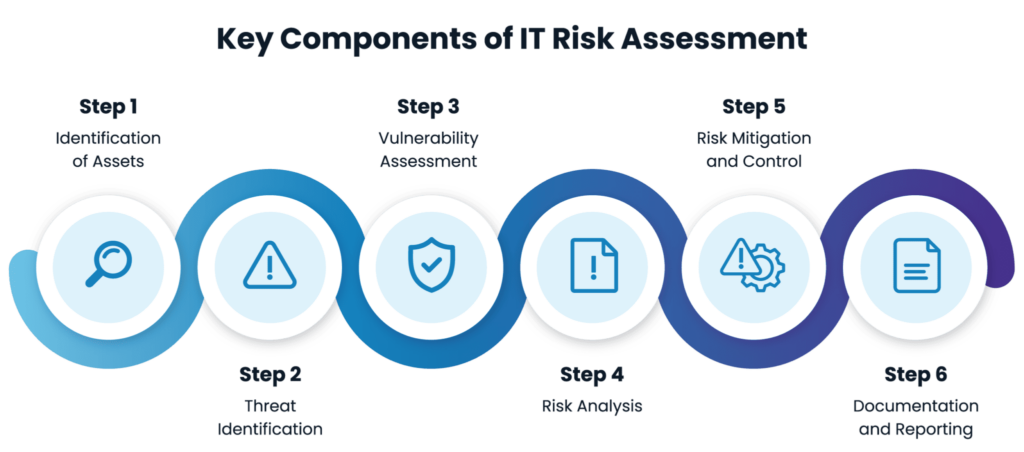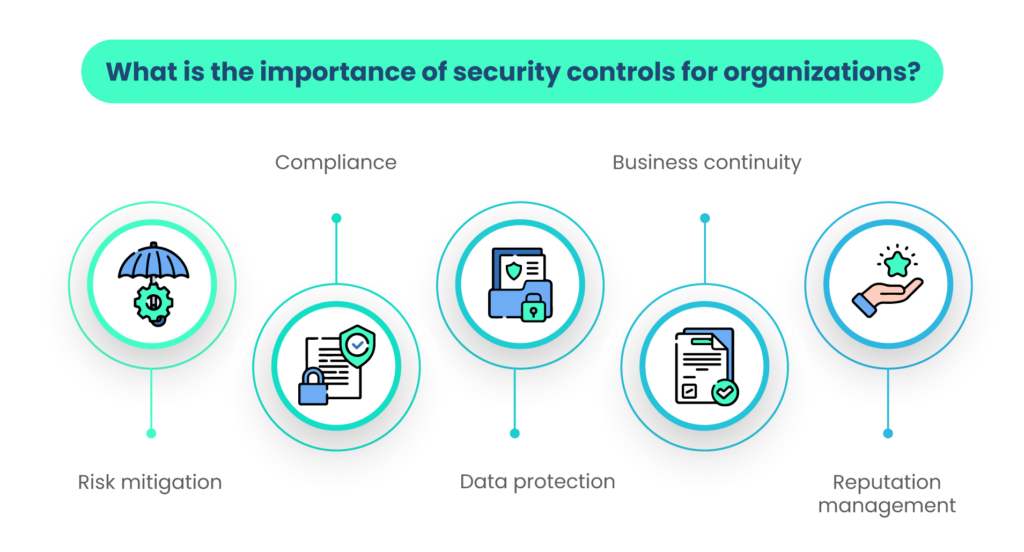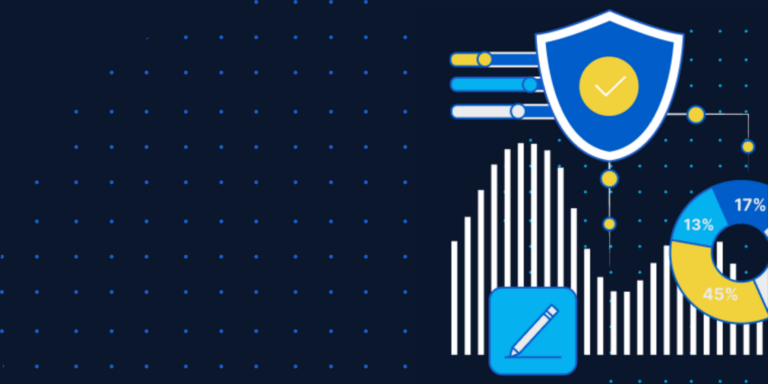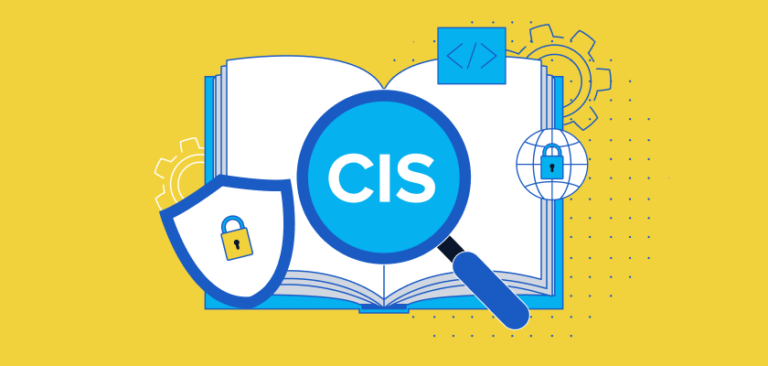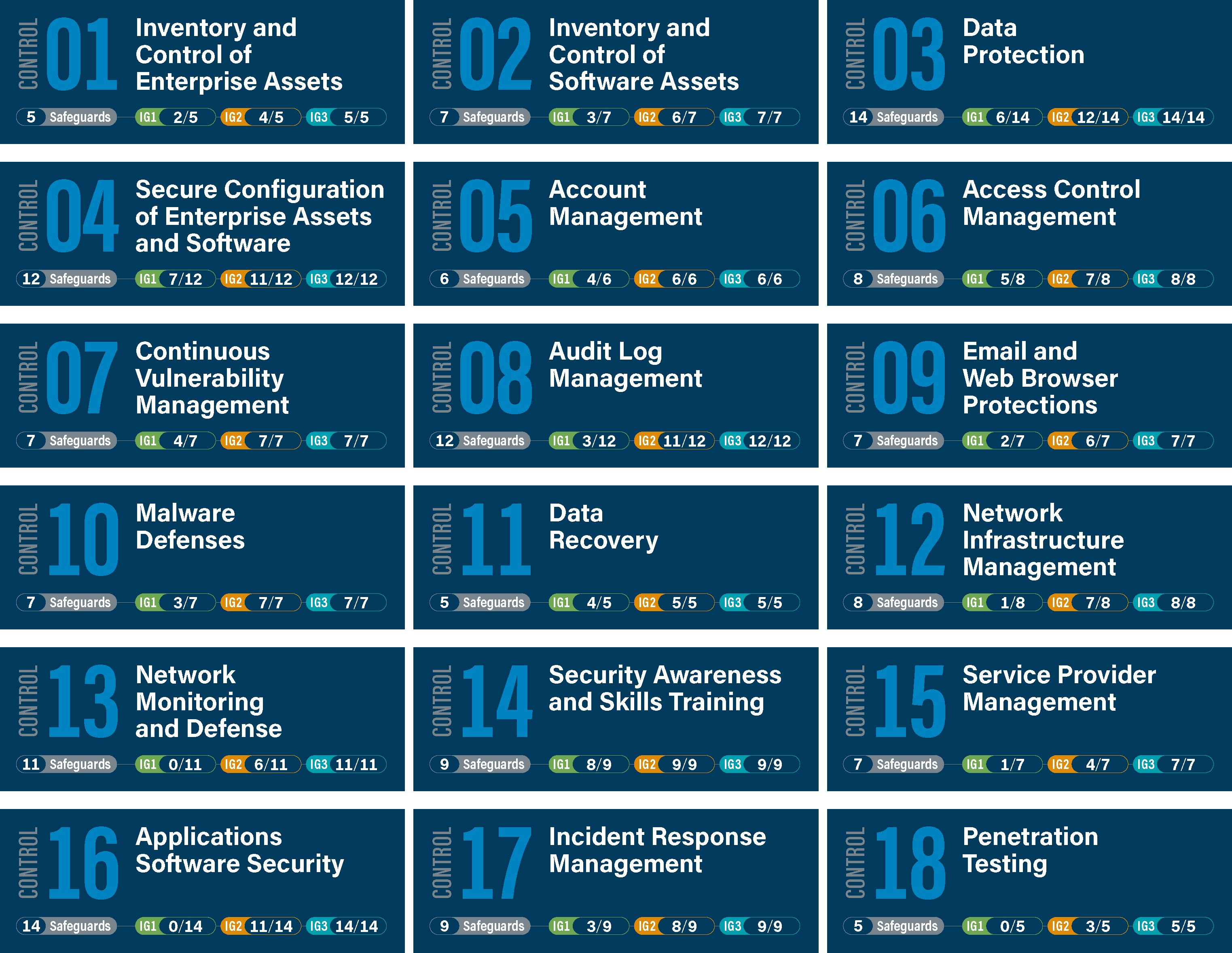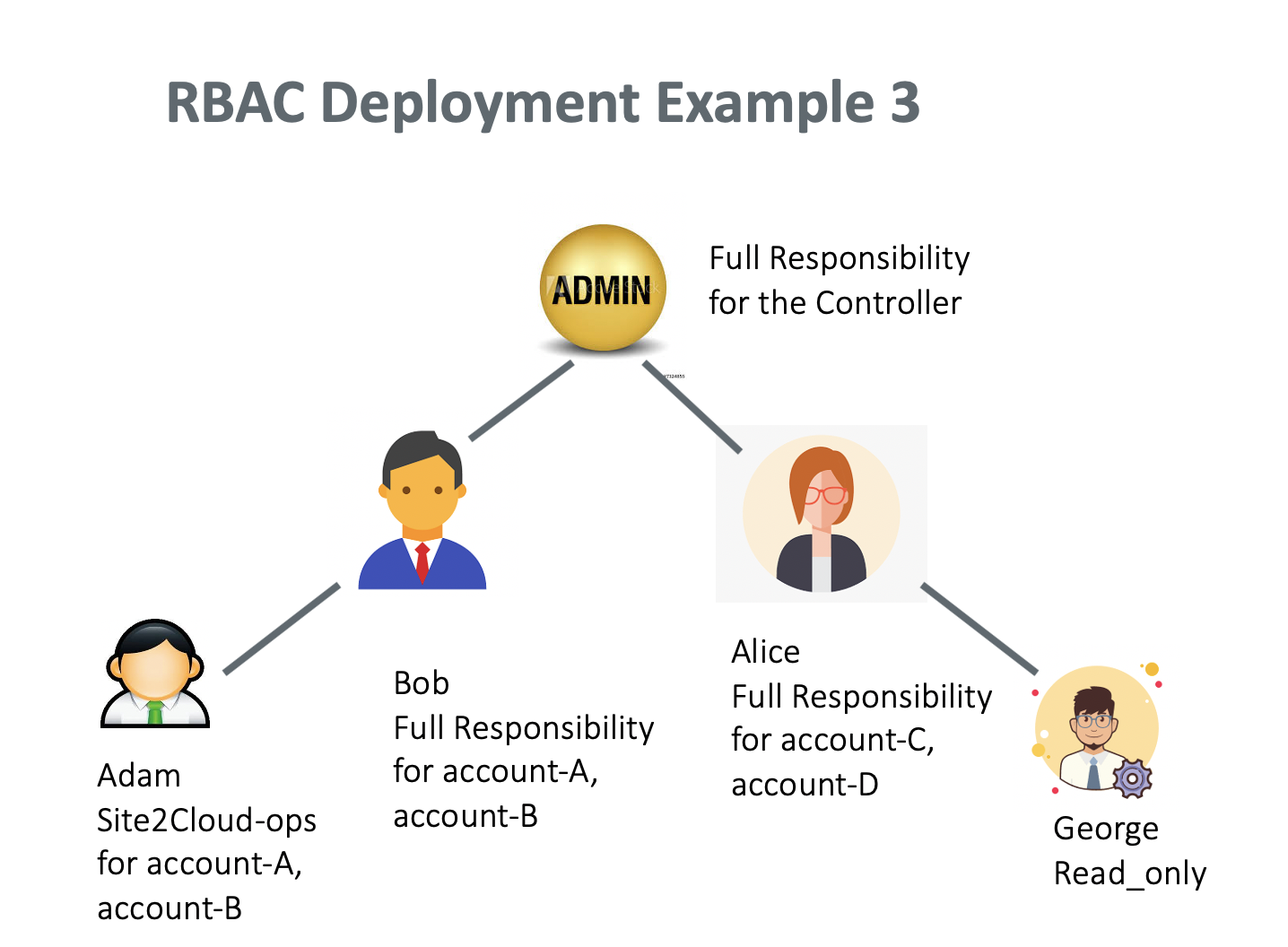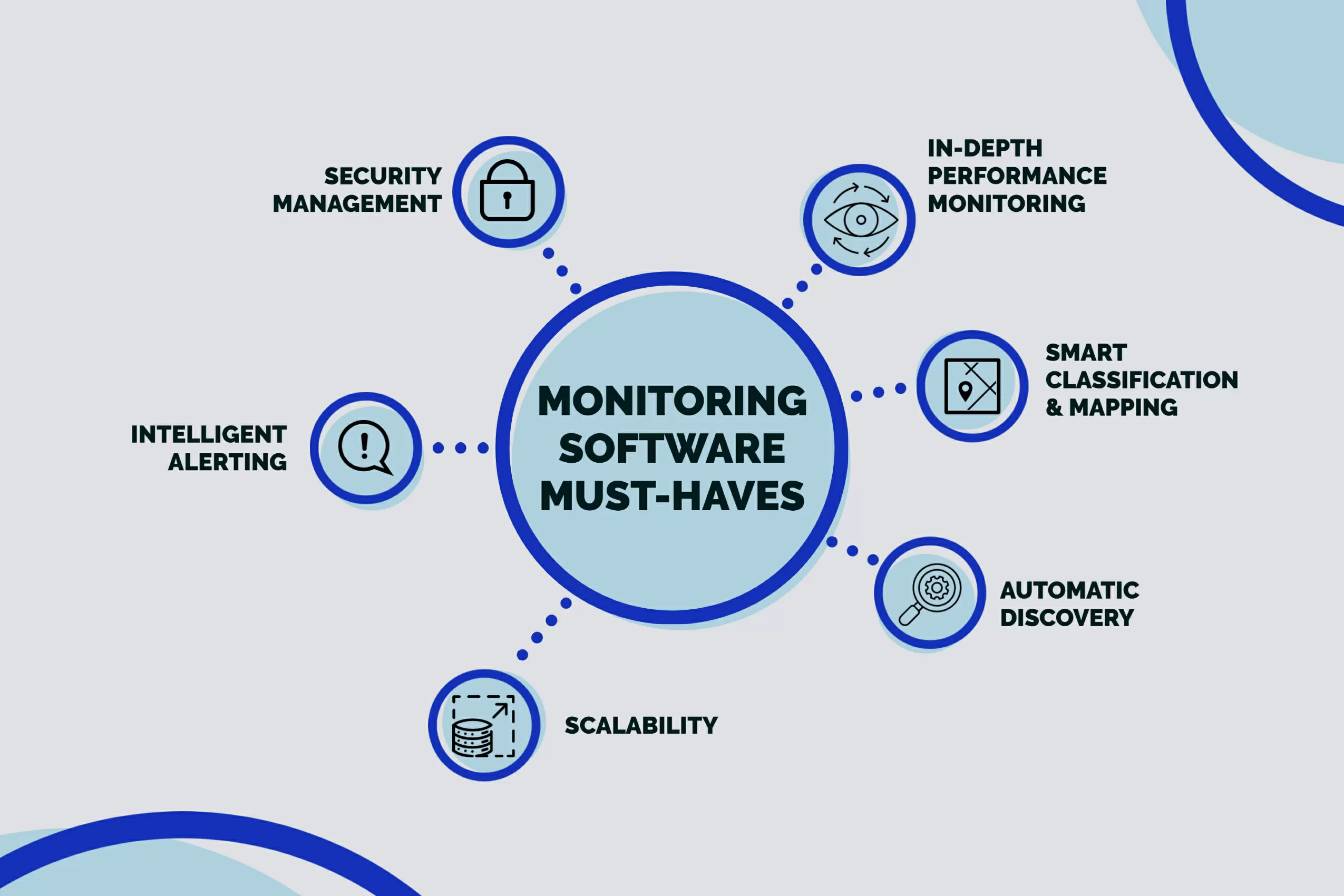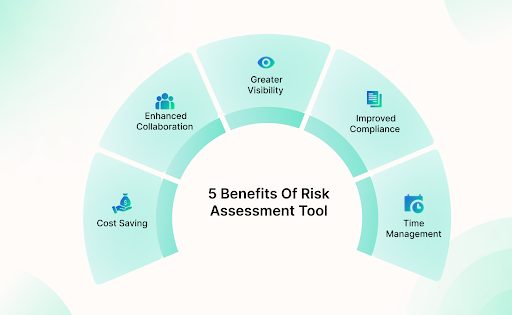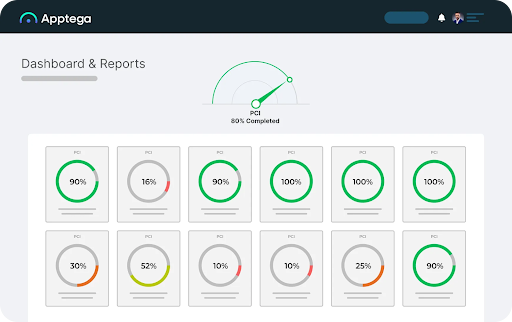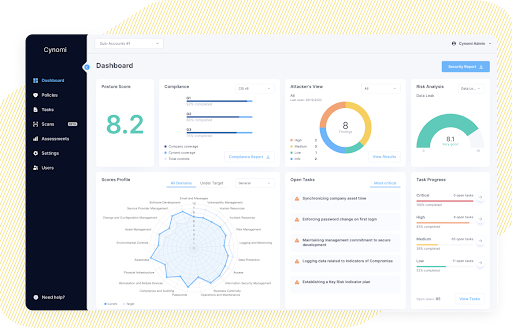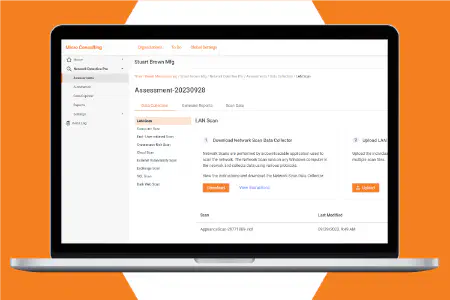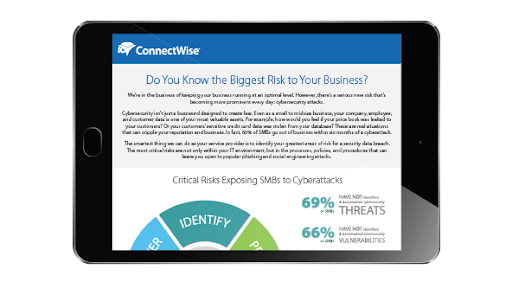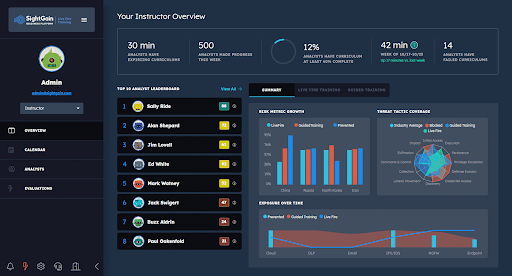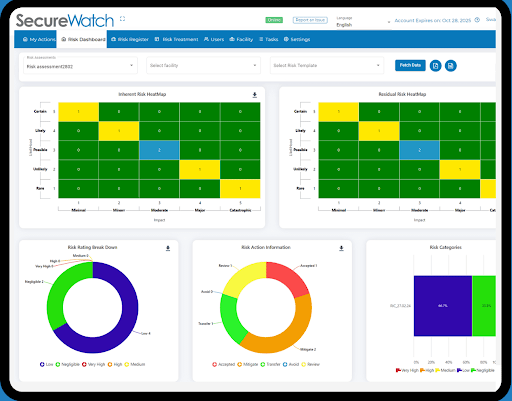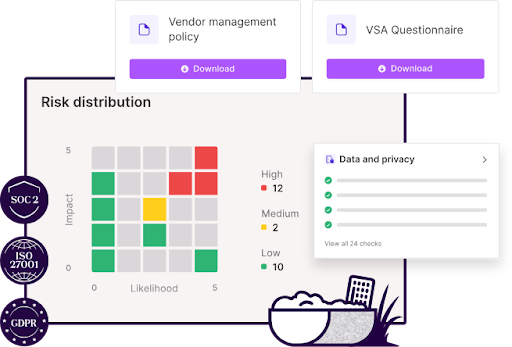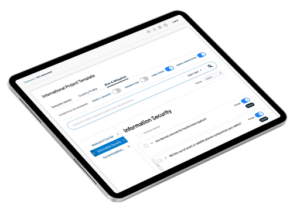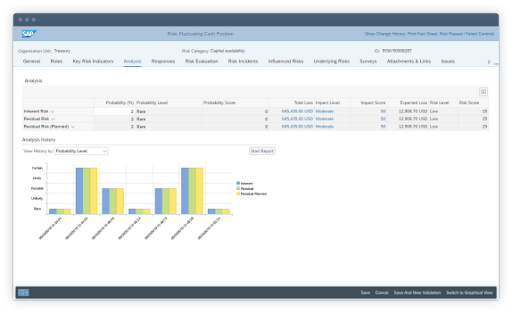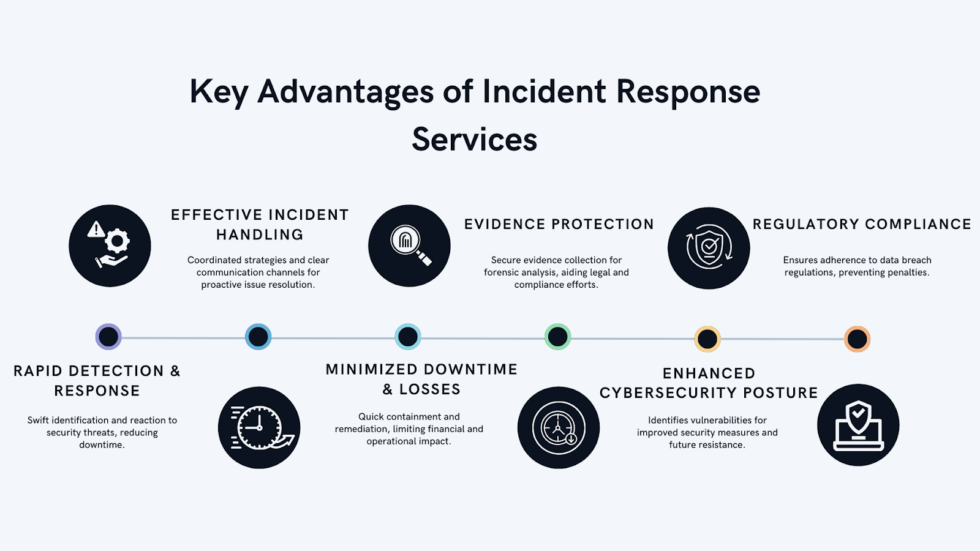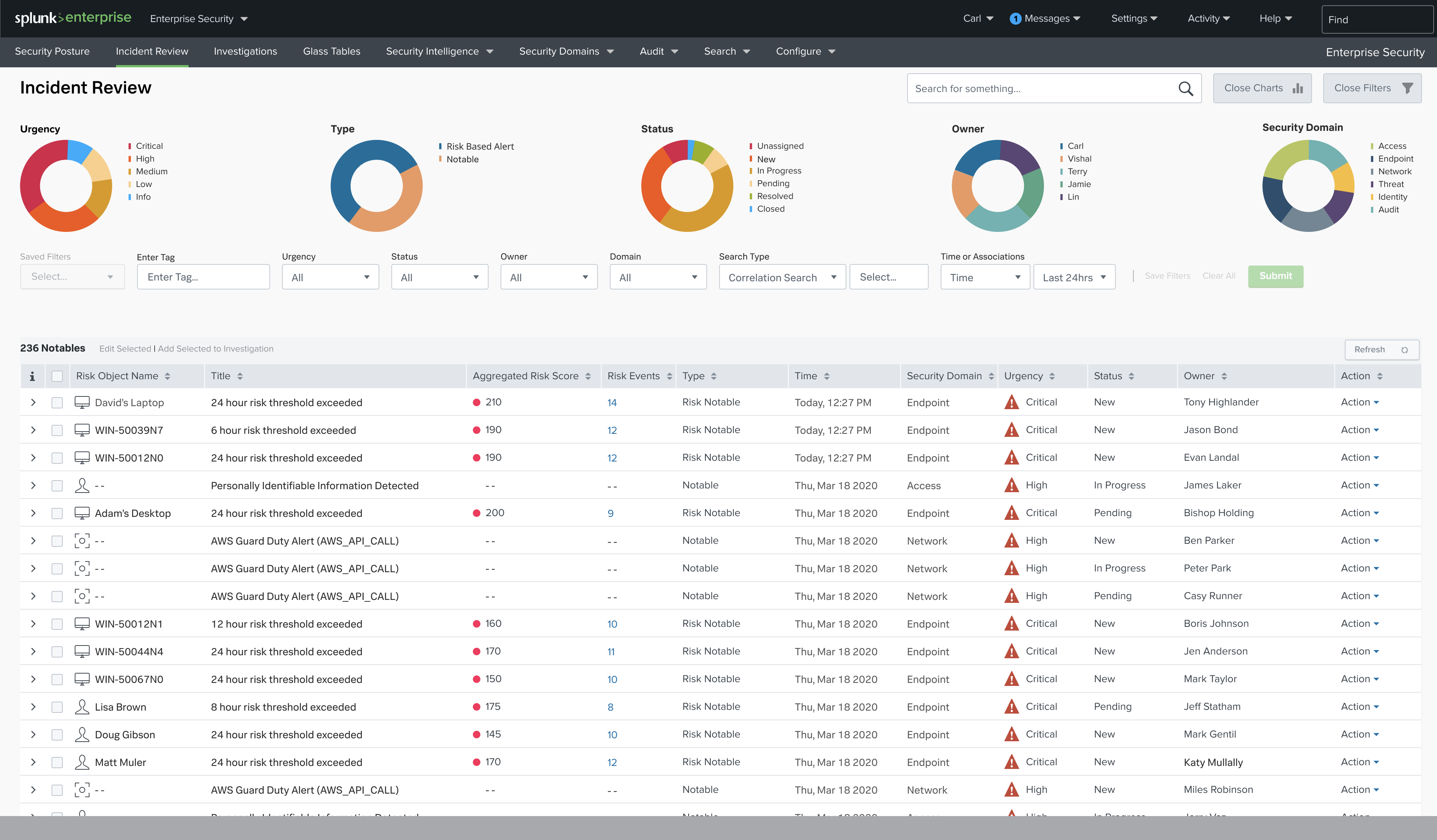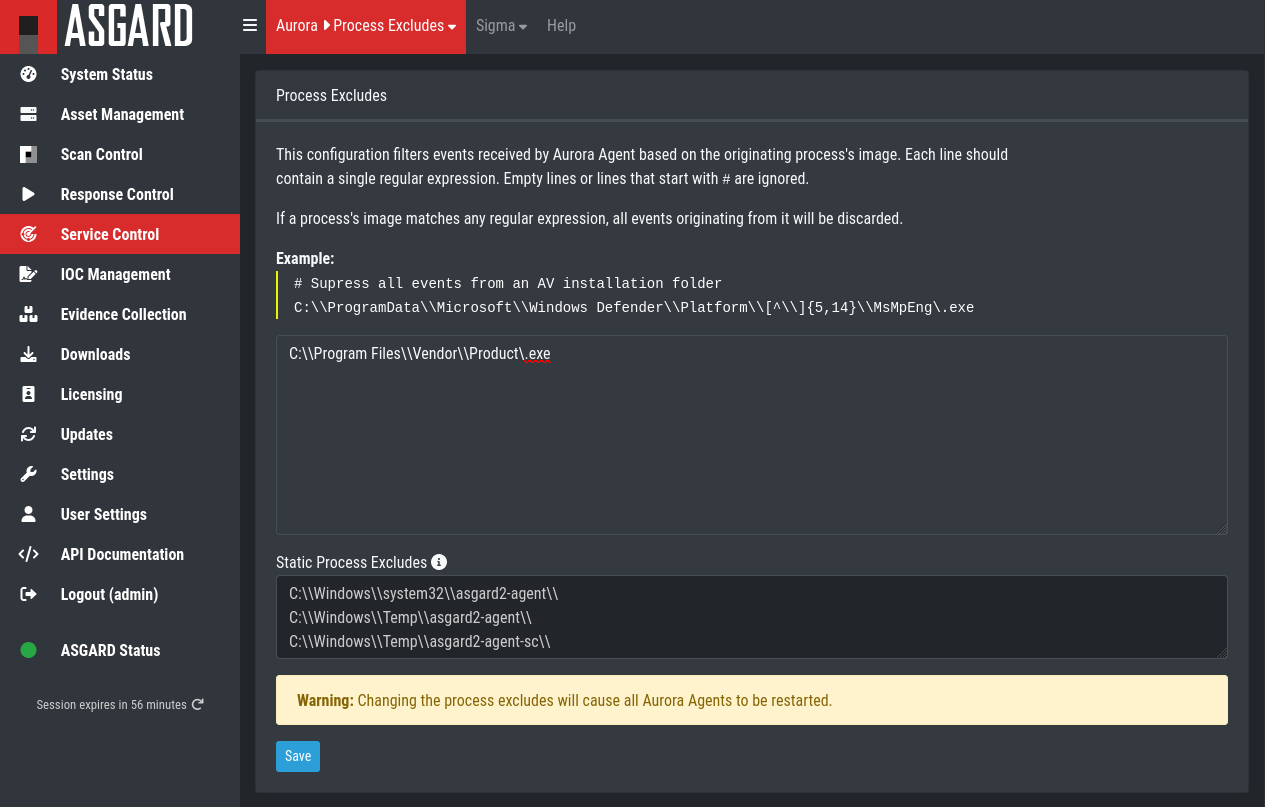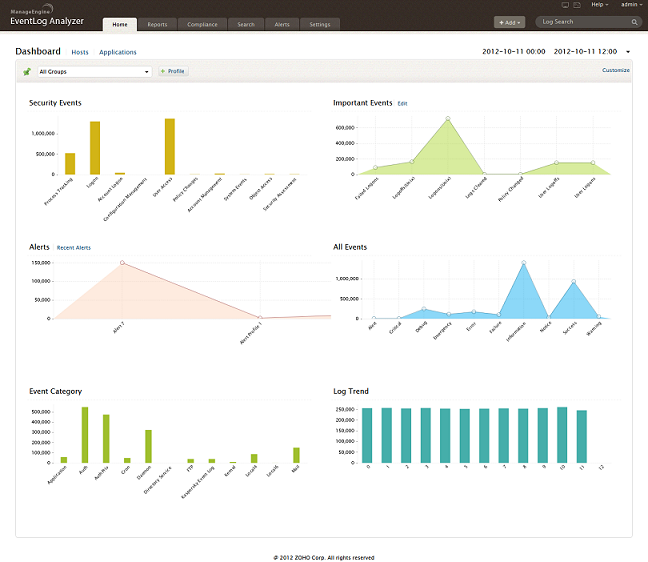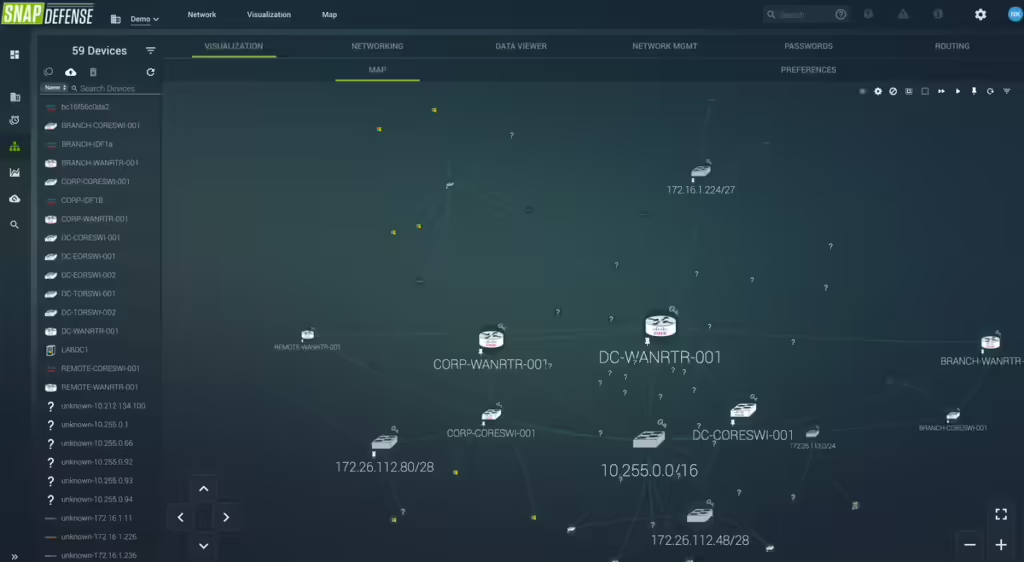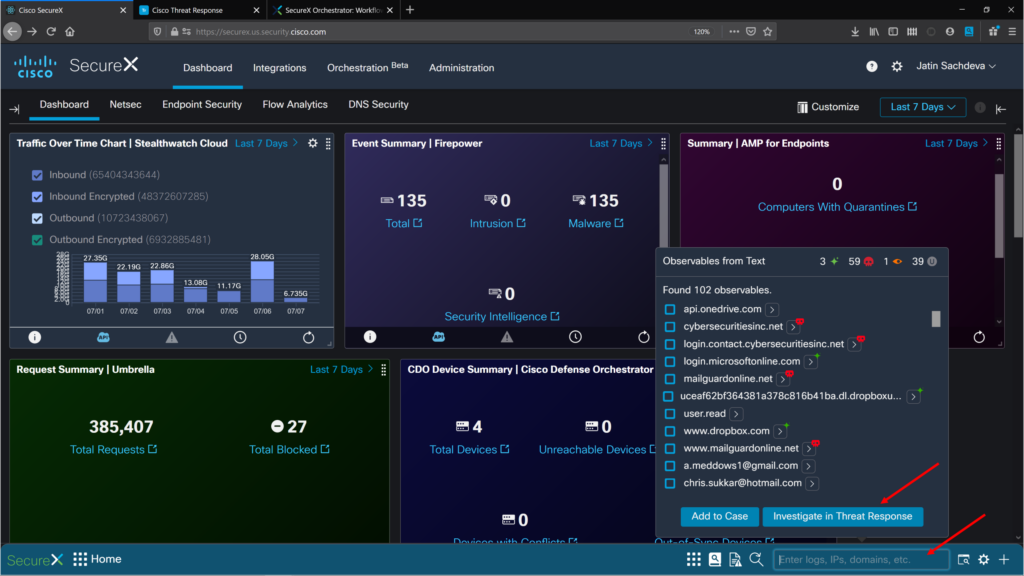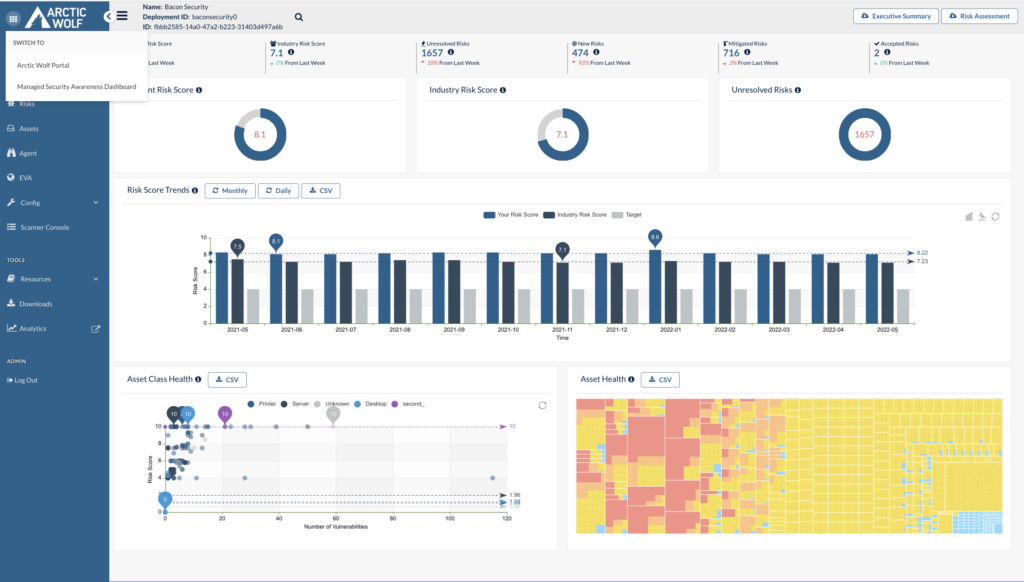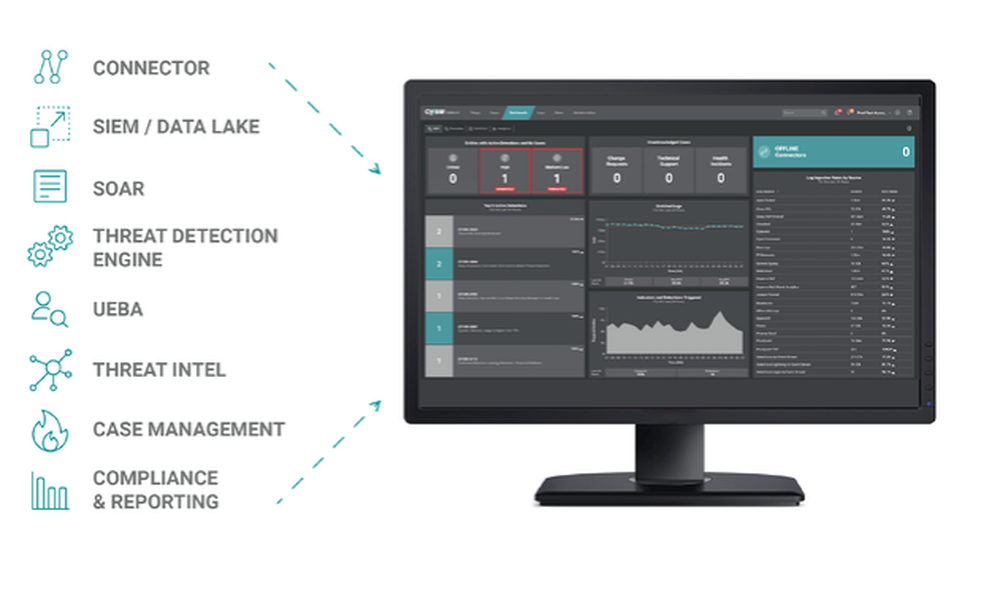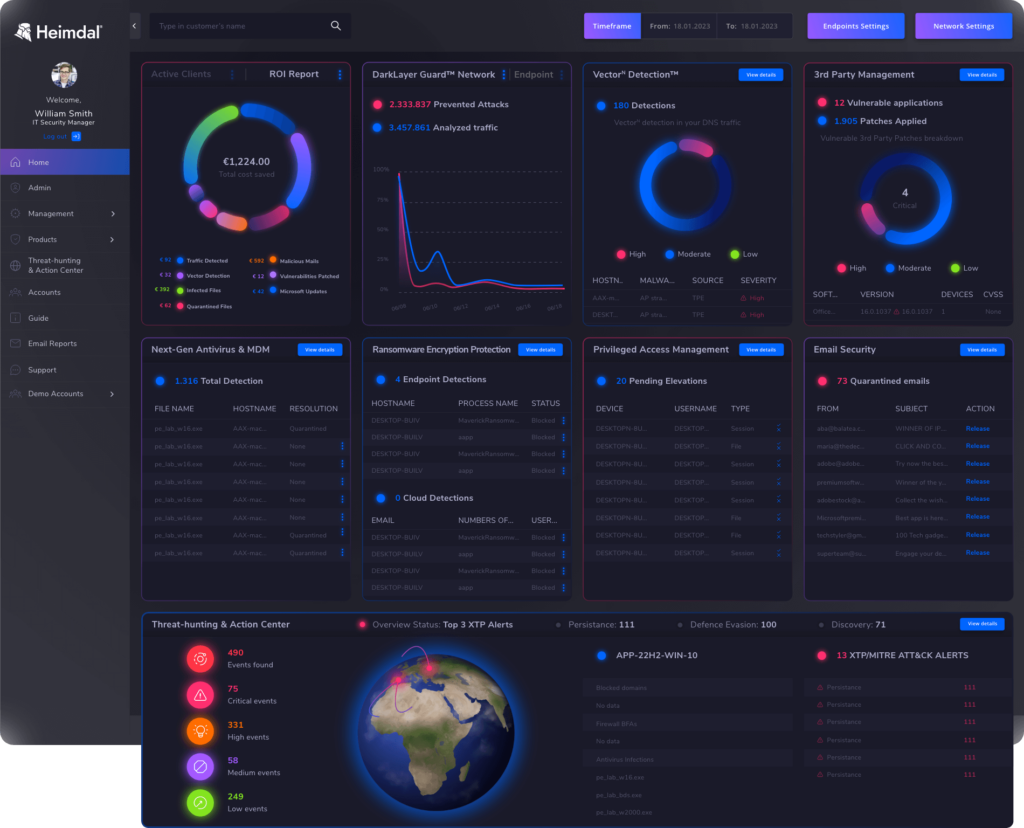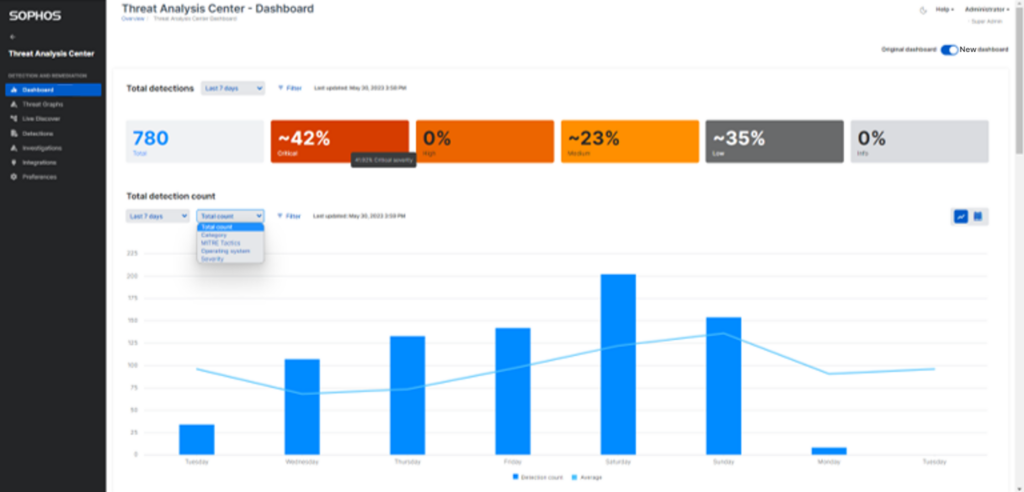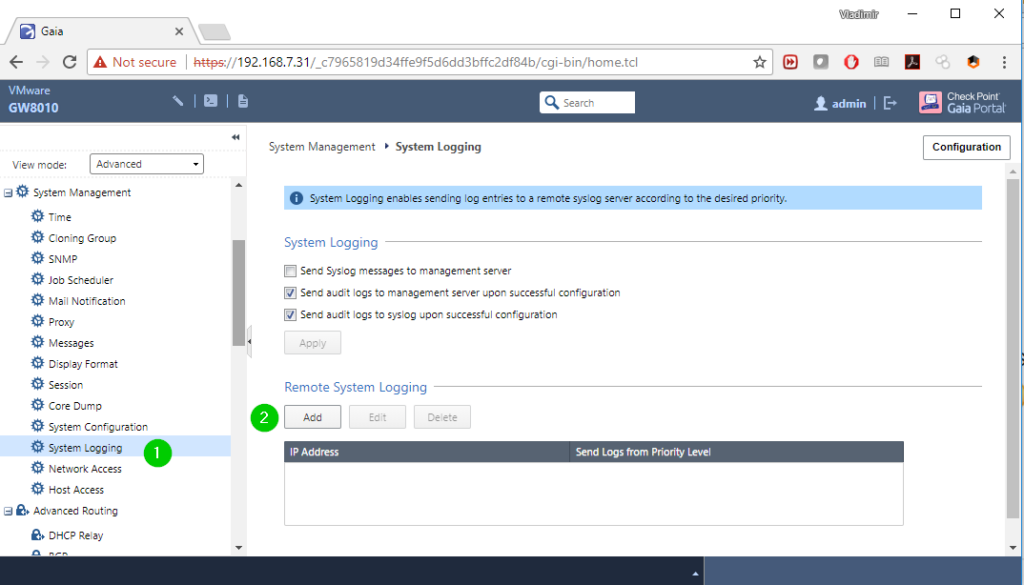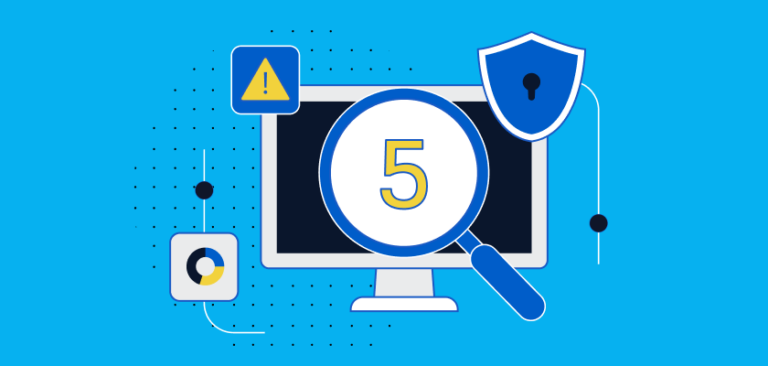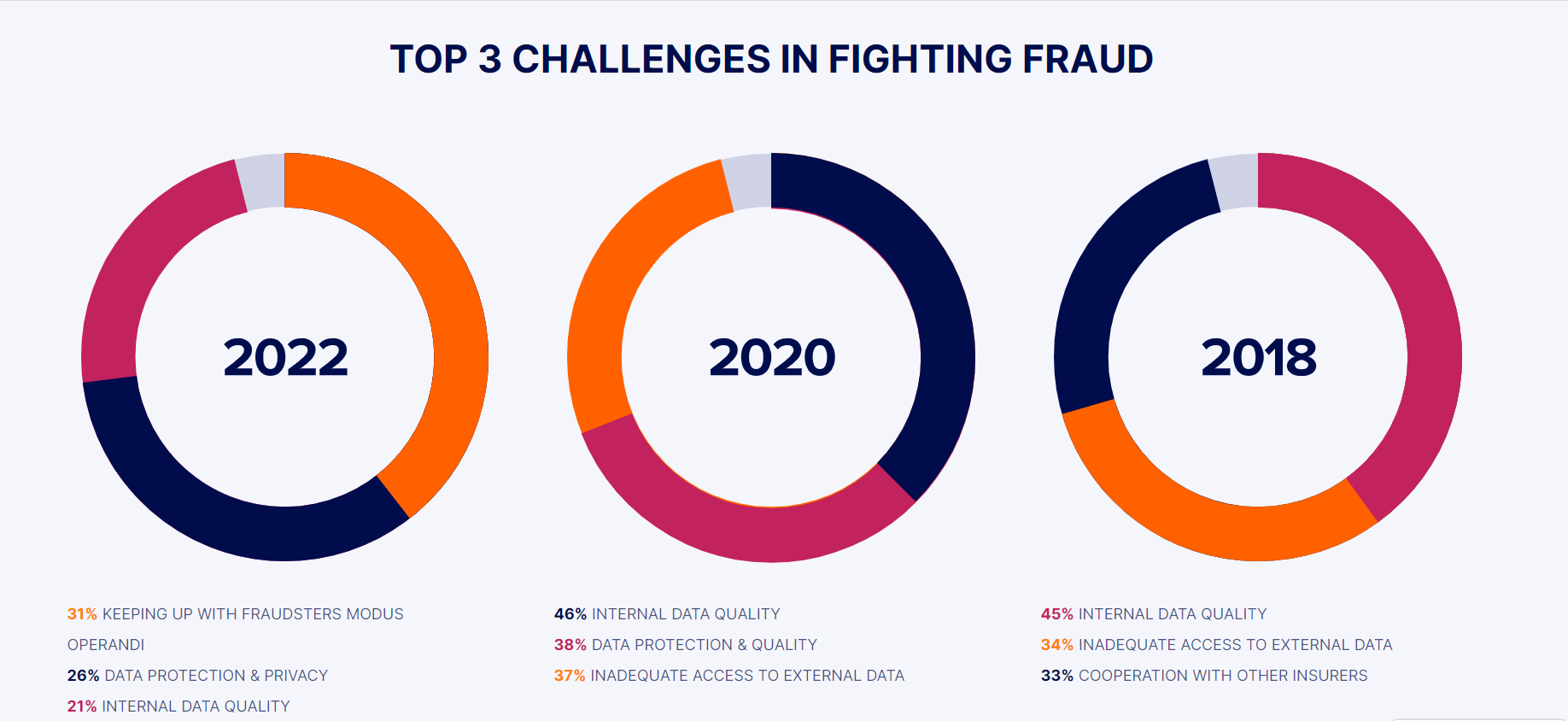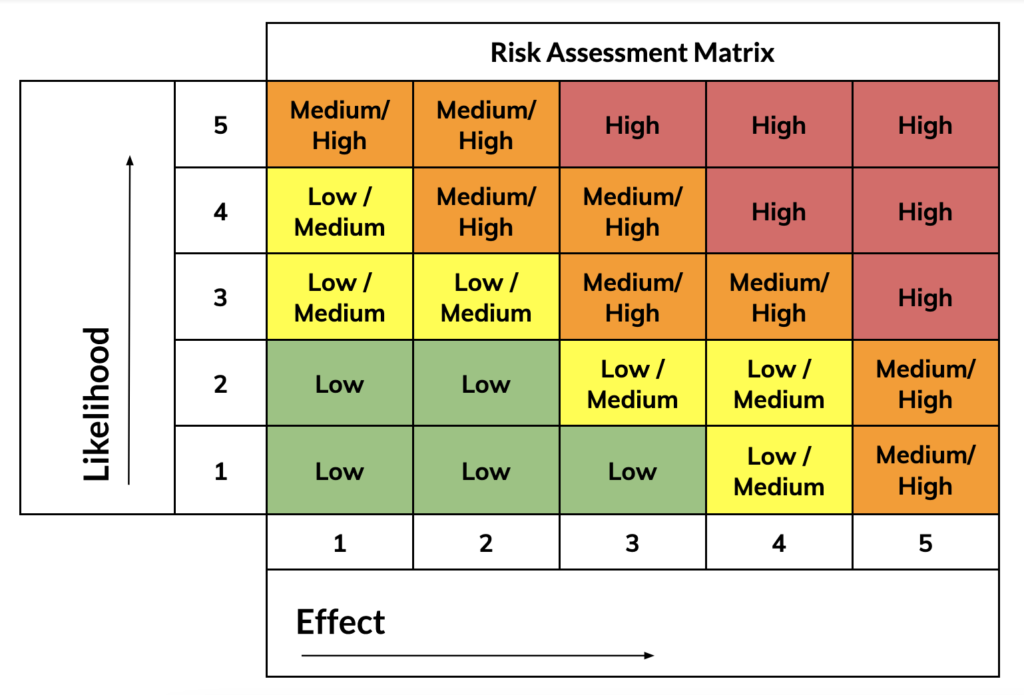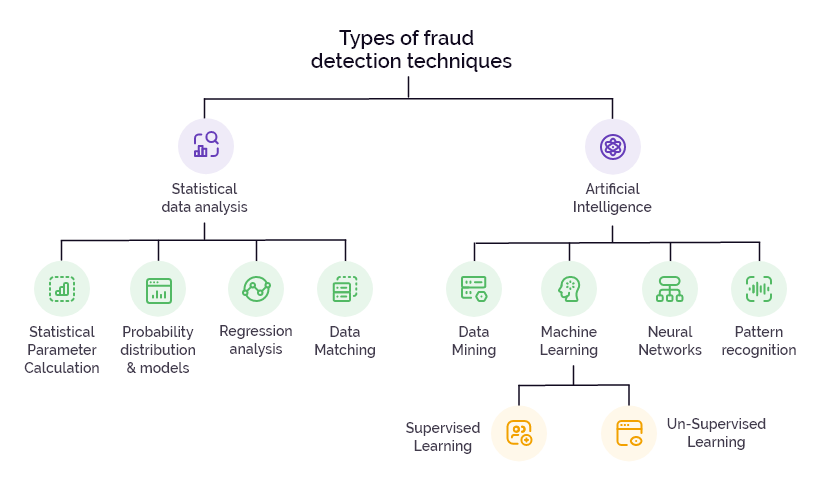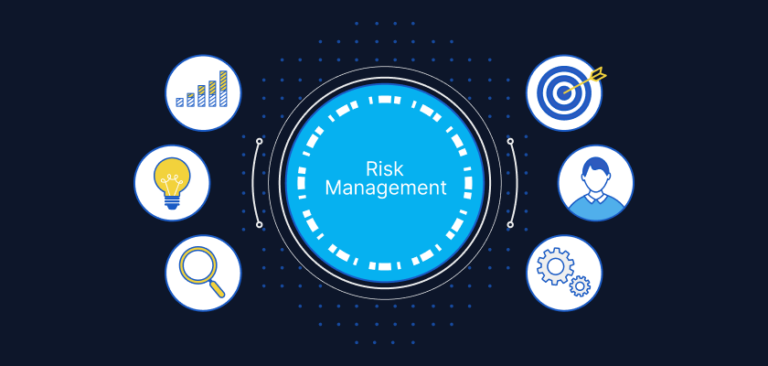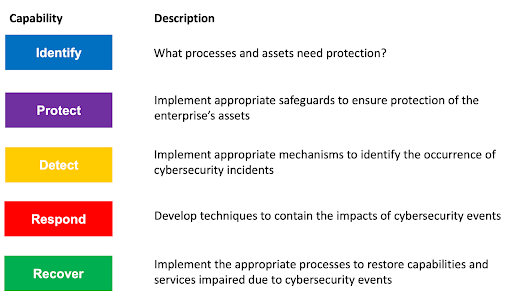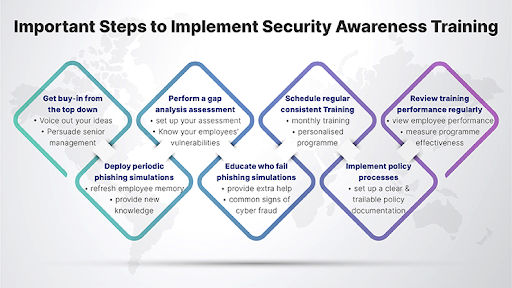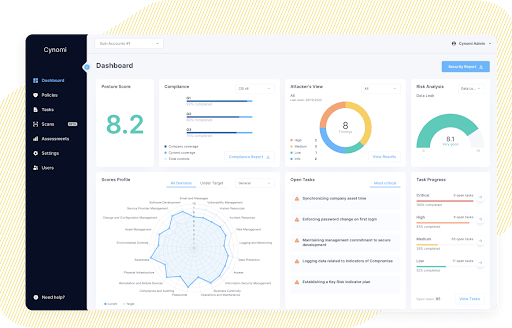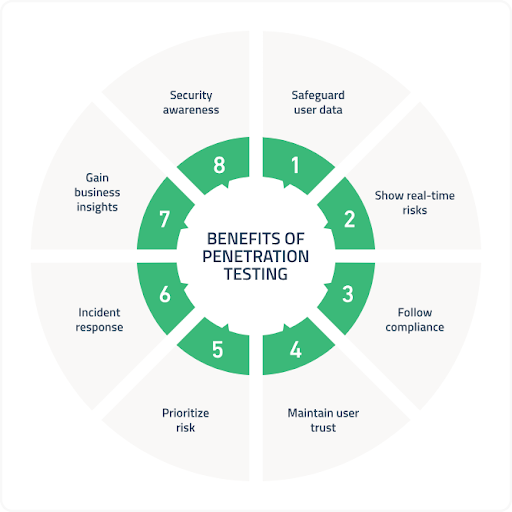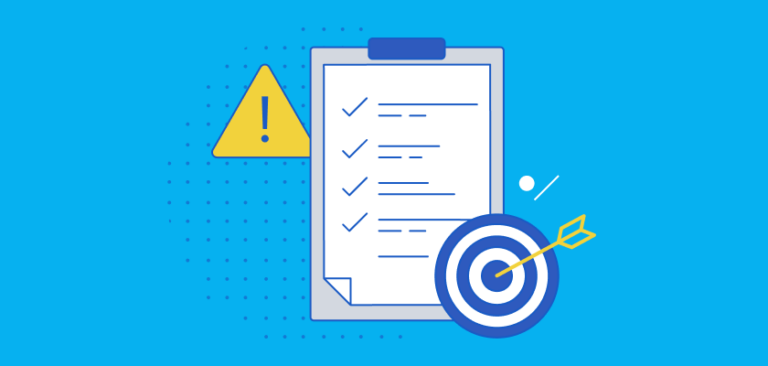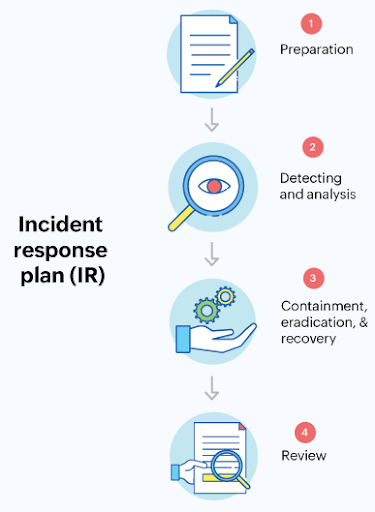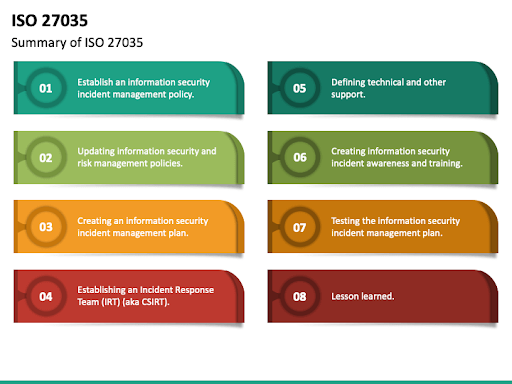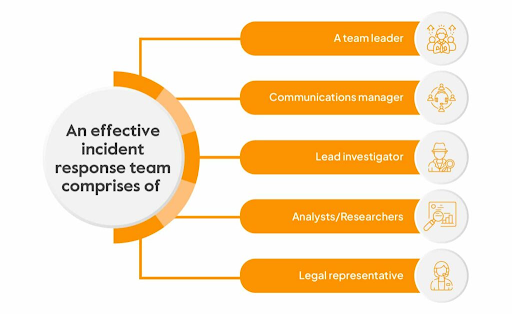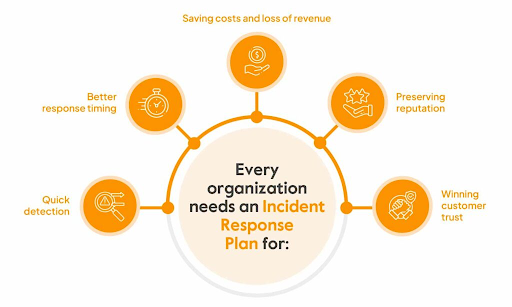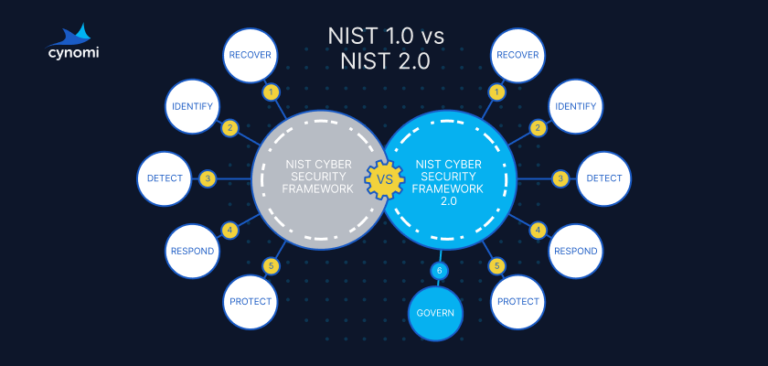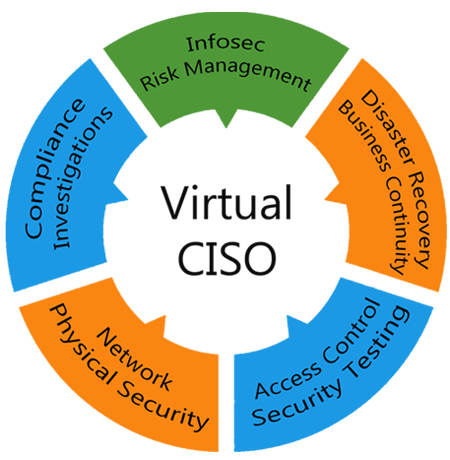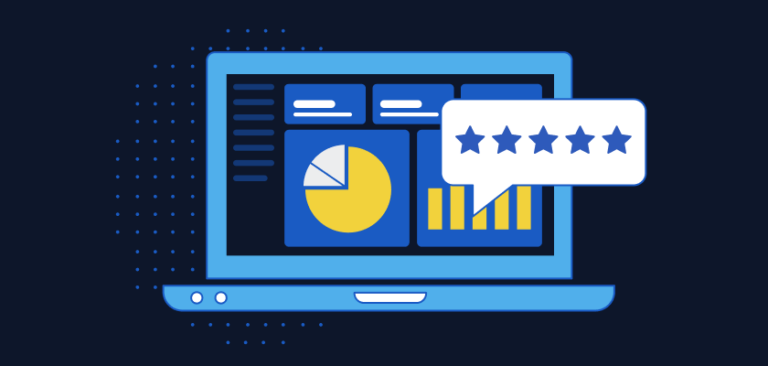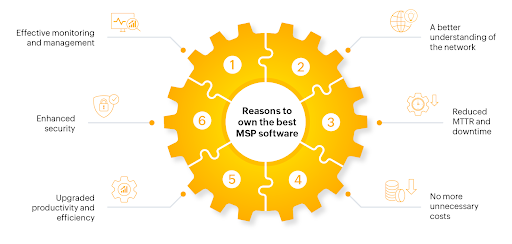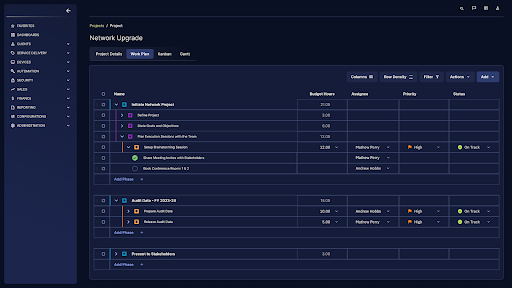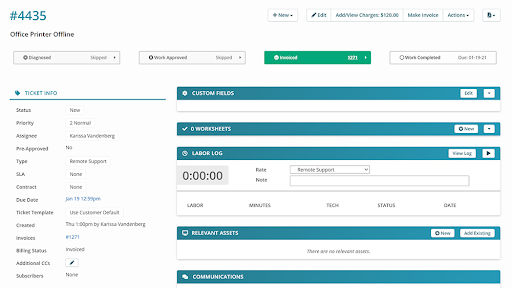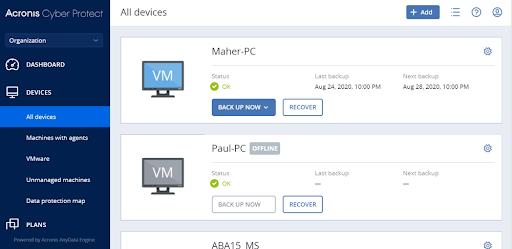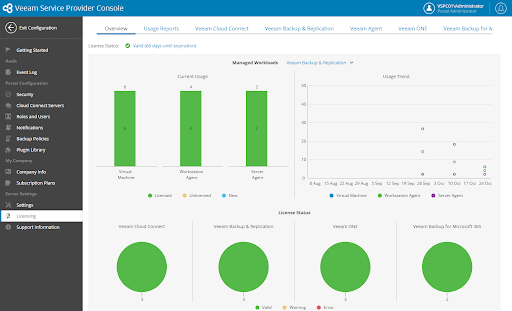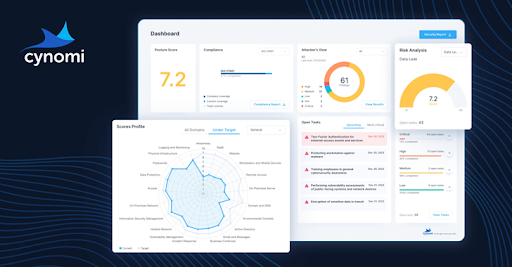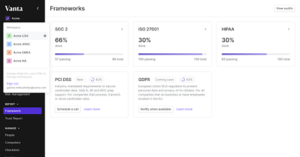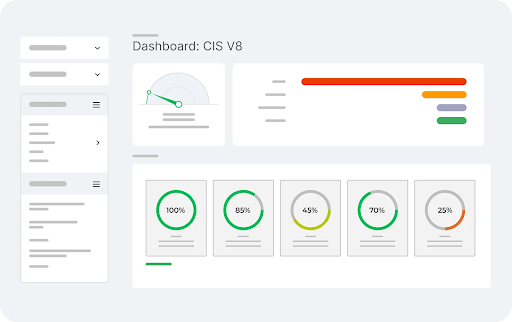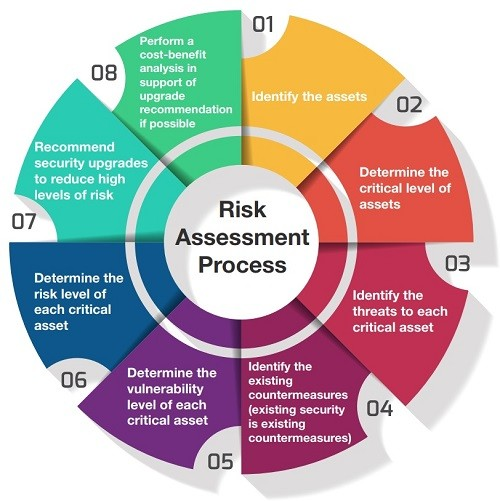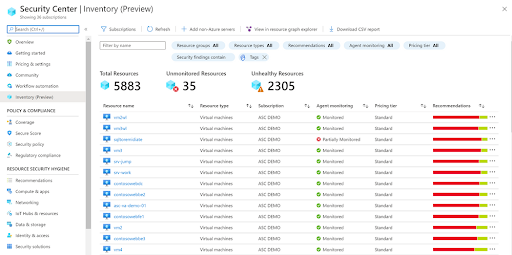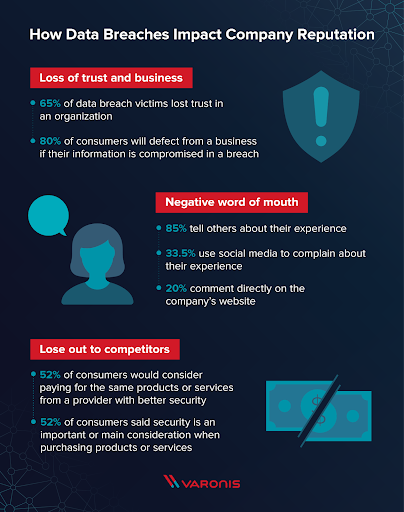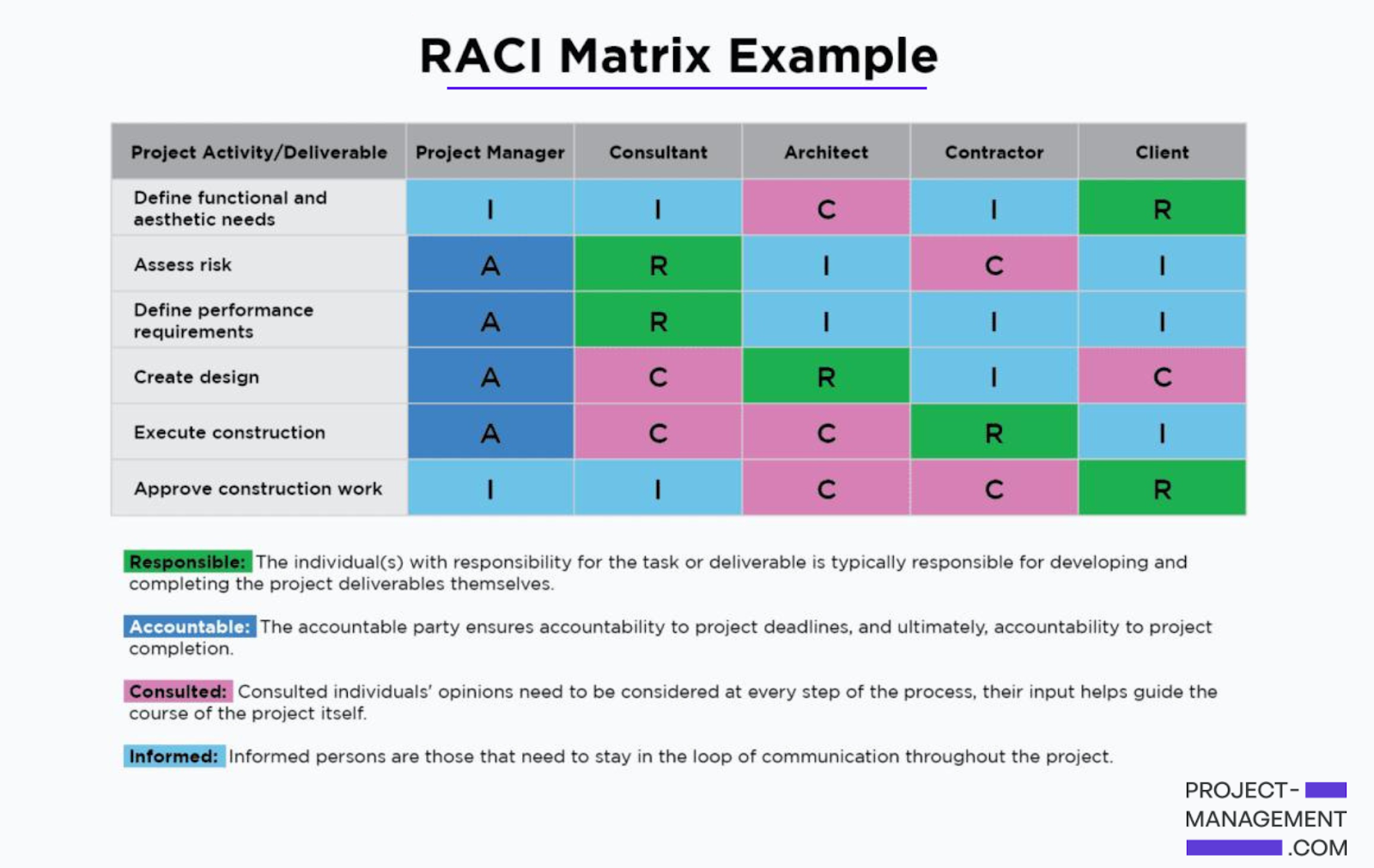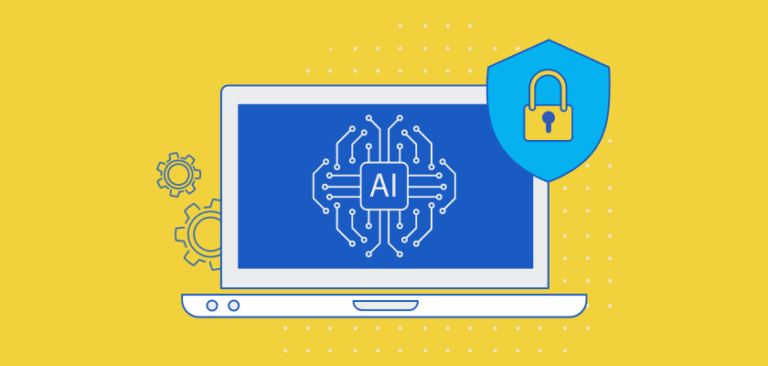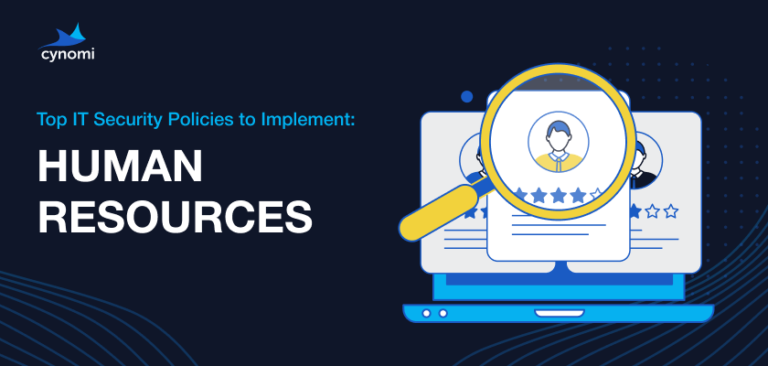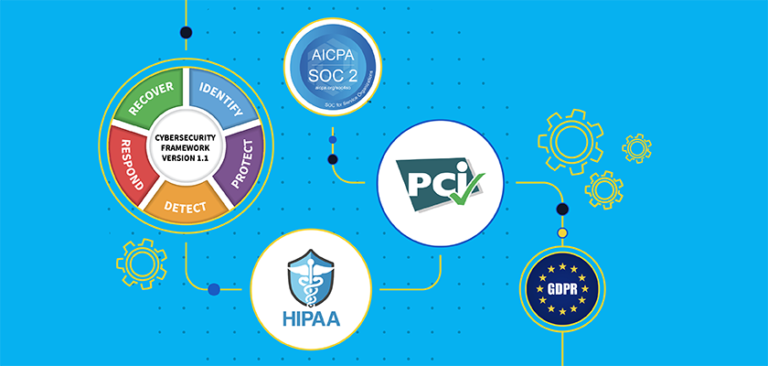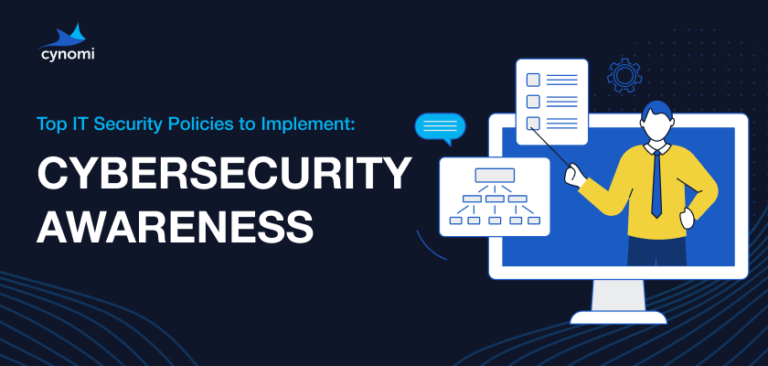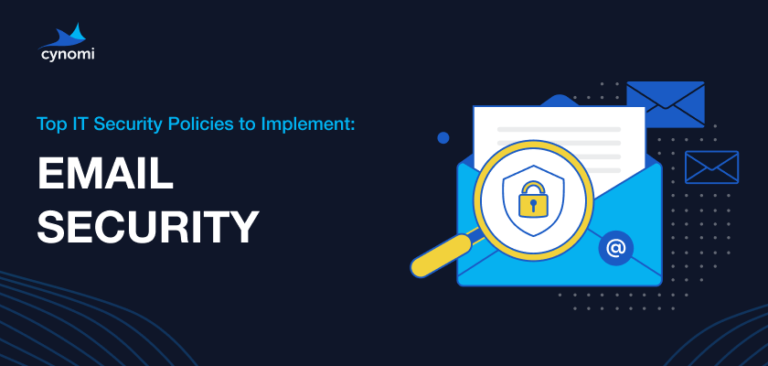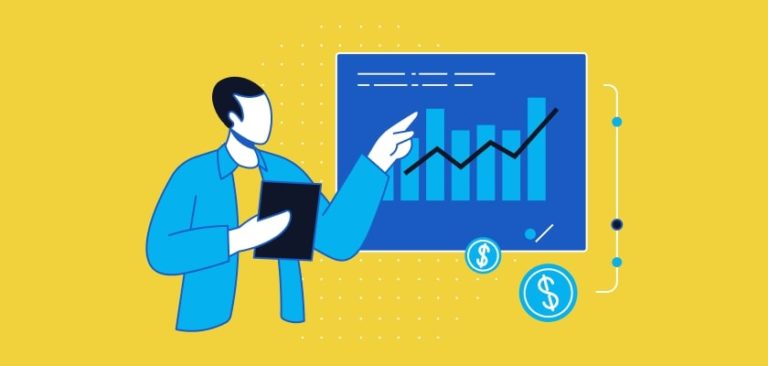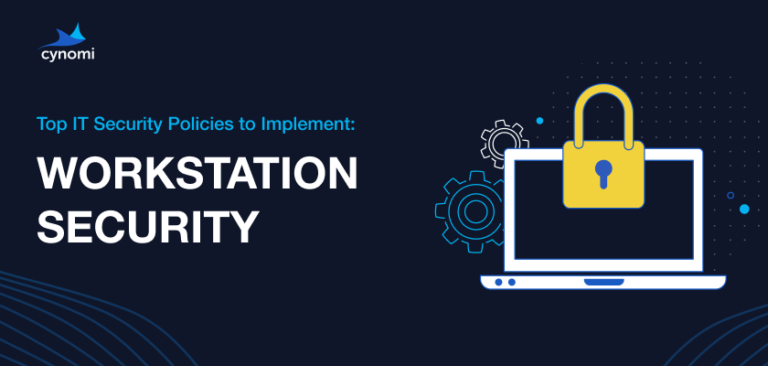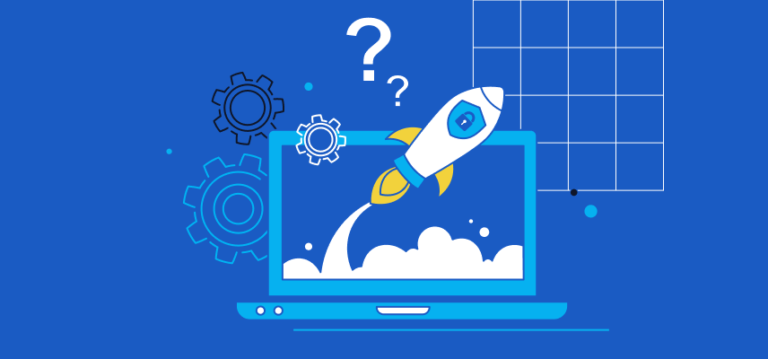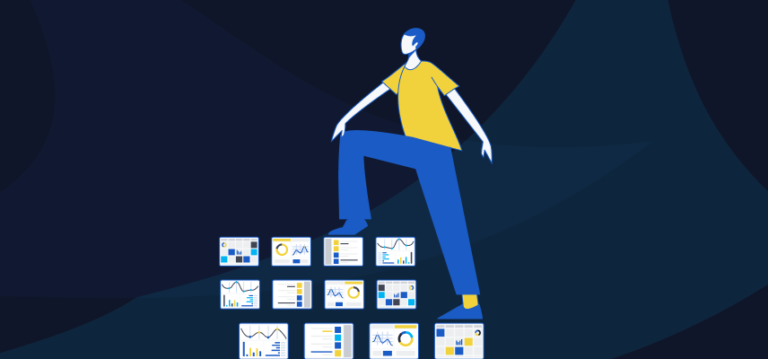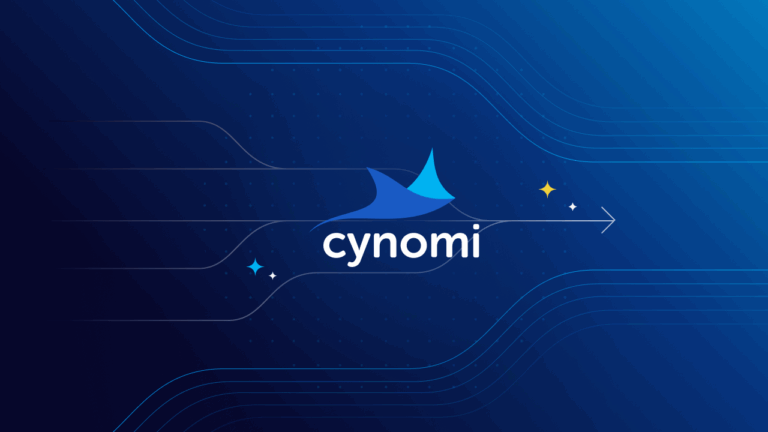
Cybersecurity and compliance demands are growing faster than most service providers can keep up. MSPs and MSSPs are expected to deliver comprehensive services while also scaling efficiently, maintaining quality, and controlling costs.
But scaling presents significant challenges. Manual assessments, fragmented tools, and inconsistent processes lead to wasted time, duplicated effort, and missed risks. Managing multiple compliance frameworks adds complexity, as each has its own controls and documentation. Third-party risk assessments and rising client expectations stretch already limited teams. Meanwhile, providers must still prove value, retain clients, and compete in a crowded market.
Cynomi was built for service providers facing these exact challenges. It addresses the complexity of scaling cybersecurity and compliance by unifying cybersecurity, compliance, and risk management into one purpose-built platform. With Cynomi, MSPs and MSSPs can overcome resource constraints, streamline and standardize delivery, and clearly demonstrate value to every client at scale.
Overview: The Cynomi Platform
What is Cynomi
Cynomi is the first AI-powered vCISO platform built for service providers. Acting as a central cybersecurity and compliance management hub, it automates assessments, generates tailored policies and remediation plans, and provides real-time dashboards and task management for tracking progress. With guided workflows infused with CISO expertise, Cynomi enables teams to deliver consistent, high-quality outcomes across clients while improving margins and scalability.
Key Platform Pillars
- Unified Cybersecurity and Compliance: Cybersecurity and compliance are combined into a unified workflow, so that every security action automatically doubles as a compliance measure, maximizing efficiency and eliminating duplicate work.
- Built-In CISO Expertise That Scales: CISO-level knowledge and insights are embedded directly into automated workflows, empowering even junior staff to deliver expert-level security services.
- AI-Powered Intelligence to Automate, Customize, and Scale: Cynomi uses AI to assess risks, generate insights, and deliver recommendations rapidly, enhancing service efficiency and scalability.
- Ready to Use, Fully Tailored: Cynomi comes pre-configured for immediate use, yet automatically builds a unique cyber profile for each client. This saves setup time while ensuring every action is relevant and customized.
- Fully Connected Workflows: Every component in Cynomi’s platform—assessments, risk scores, tasks, remediation plans, policies, and controls—is connected in one seamless flow to ensure consistency, save time, and demonstrate progress.
- Instant Deployment: The platform automates security and compliance management with no manual hassle, working seamlessly from day one.
Who It’s For
Cynomi is built for MSPs, MSSPs, cyber consultancies, and service providers that need to scale security, risk, and compliance services without adding headcount or complexity. With multitenancy, centralized management, and repeatable workflows, it enables providers to manage multiple clients efficiently, deliver continuous oversight, accelerate onboarding, demonstrate value, and expand service offerings, all while reducing the time and effort typically required by manual processes.
Core Platform Capabilities & Use Cases
Cynomi translates cybersecurity complexity into structured, scalable services that deliver real value. From vCISO programs to compliance automation and third-party risk, each capability is purpose-built to solve the day-to-day challenges MSPs and MSSPs face.
Below is a quick overview of Cynomi’s core capabilities.
| Capability | Challenges | What Cynomi Delivers | Benefits |
| vCISO Services | Manual, inconsistent processes, slow onboarding, strained senior staff | Automated, CISO-guided workflows for assessments, policy creation, compliance management, remediation plans, executive-ready reporting | Scale services efficiently, shorten client onboarding, ensure consistency |
| Risk Management | Spreadsheet-based tracking, scattered data, poor visibility | Interactive risk questionnaires, automated and prioritized risk registers and heatmaps, real-time dashboards | Quick and accurate risk identification, complete compliance-risk alignment, streamlined reporting with real-time visibility |
| Compliance Automation | Changing frameworks, manual evidence tracking, inconsistent processes, duplicate work | Guided, interactive assessments, automated control mapping, framework-specific compliance plans, centralized dashboards | Faster compliance readiness, reduced prep time, consistent results across clients |
| Security Posture Assessment | Fragmented tools, manual checklists, incomplete visibility, slow assessments | Built-in scans, interactive assessments, dashboards, and reports that quickly analyze each client’s environment, business needs, and security gaps. | 60% faster assessments, instantly shows client posture and gaps, improved credibility, high-value recurring service |
| Third-Party Risk Management (TPRM) | Slow and scattered vendor assessments, spreadsheet overload | Guided workflows, reusable templates, auto-generated vendor risk scores, unified risk view See Cynomi’s TPRM in action | Streamline vendor risk assessments at scale, unify internal and external risk in one view |
| Cyber Resilience Management | Siloed planning, unclear recovery strategies | Business impact analysis, business continuity planning, policy alignment, continuous progress tracking | Scalable cyber resilience delivery, measurable outcomes, clear client value |
| Business Growth Enablement | Limited service expansion, unclear upsell paths | Solution Showcase dashboard for identifying gaps and business opportunities See Cynomi’s Solution Showcase in action | Unlocks new revenue, strengthens strategic relationships, positions provider as trusted advisor |
How Cynomi Works: Process Flow
Cynomi streamlines cybersecurity, compliance, and risk management into a repeatable, end-to-end workflow. From initial assessments through planning, implementation, and continuous tracking, the platform provides a structured journey that simplifies operations, reduces manual effort, and delivers measurable value at every stage. Book a demo here to see Cynomi in action.
Assess and Identify
- Speed up client discovery and onboarding with guided, interactive risk assessment questionnaires
- Seamlessly integrate results from third-party scanners or run Cynomi’s built-in scanner
- Automatically generate a centralized risk register and interactive heatmap that unifies internal and third-party risk in one place
- Send security questionnaires to vendors and track responses with built-in workflows
- Instantly analyze overall security posture, identify gaps, and set goals
Cynomi’s Assessments Dashboard provides a central hub to launch and track cybersecurity assessments across all security domains.
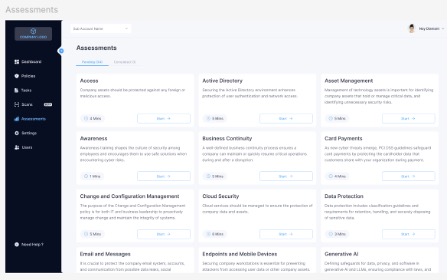
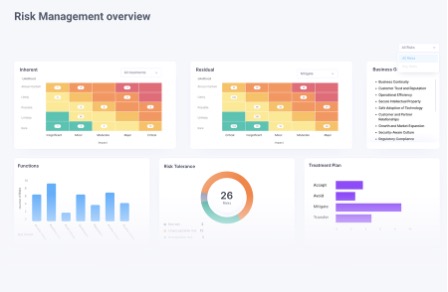
Cynomi’s Risk Management Overview provides a clear view of risks, tolerance levels, and treatment plans to guide security decision-making.
Establish and Plan
- Auto-generate client-specific security and compliance policies tailored to industry, size, and needs
- Generate a unified risk and compliance action plan with prioritized remediation tasks
- Evaluate vendor documentation, such as SOC 2 and ISO 27001, to calculate standardized risk scores
- Categorize vendors into clear risk levels based on impact × likelihood for easier prioritization
- Align cybersecurity programs to client business goals with interactive, streamlined Business Impact Analysis and Business Continuity Planning
Cynomi’s Tasks dashboard displays security tasks with status, severity, impact score, and ownership to streamline remediation and accountability.

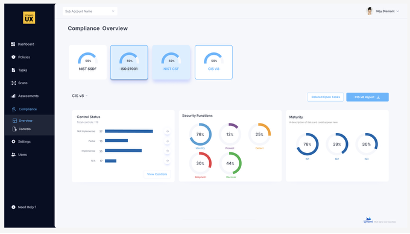
Cynomi’s Compliance Overview dashboard tracks alignment with multiple frameworks, showing control status, security functions, and maturity scores at a glance.
Optimize and Track Progress
- Gain full visibility and manage all tasks from a single centralized dashboard
- Continuously track improvements to security posture, compliance readiness, and vendor risk levels
- Visualize internal and external risks with interactive heatmaps
- Export custom-branded, board-ready reports to demonstrate progress and value at any stage
- Highlight top risks across all vendors and clients to support strategic decision-making
- Expand services, identify upsell opportunities, and deliver recurring value that drives long-term client relationships
Cynomi’s Main Dashboard provides a real-time view of security posture, compliance status, risk analysis, attack surface, and task progress in one place.


Cynomi’s Solutions Overview dashboard highlights potential areas for improvement across client environments, showing solution adoption opportunities and policy alignment to support meaningful upsell conversations.
Cynomi Benefits & Outcomes
Cynomi is designed to deliver measurable business impact for MSPs, MSSPs, and their clients. By automating manual tasks, unifying workflows, and embedding CISO-level expertise, the platform doesn’t just simplify cybersecurity and compliance, it drives efficiency, profitability, and long-term client growth.
- Efficiency gains: Eliminate manual spreadsheets and fragmented tools with faster, automated assessments and centralized workflows, freeing staff to focus on higher-value work. Many providers have successfully cut assessment times by up to 60%.
- Cost savings and improved margins: Scale services across more clients without adding resources, reducing costs and boosting profitability. For example, one Cynomi partner scaled to 100+ clients without scaling headcount at the same pace.
- Audit and compliance readiness: Stay continuously aligned with regulatory frameworks, keep evidence organized and audit-ready, and dramatically reduce preparation time. Many Cynomi partners use Cynomi as the backbone of their GRC services, leveraging its dashboards to simplify assessments, improve executive reporting, and deliver clear, compliance-driven insights to every client.
- Client trust and satisfaction: Use visual dashboards and branded reports to clearly demonstrate progress, strengthen relationships, and increase retention. Cynomi partners report higher retention and stronger executive engagement when using Cynomi in client conversations.
- New revenue opportunities: Turn assessments into recurring, high-value services such as strategic security, compliance, and risk management. For example, one Cynomi partner saw 50% of assessments convert into ongoing vCISO engagements.
- Consistency and standardization: Deliver repeatable, reliable outcomes across all clients with unified workflows that ensure quality at scale. Many Cynomi partners report that guided workflows empower junior staff to handle high-level assessments, allowing senior leaders to focus on strategic growth.
Case Studies
Here are some examples of how MSPs and MSSPs use Cynomi to scale smarter, operate more efficiently, and deliver stronger client outcomes.
| Company | Challenge | How Cynomi Helped | Results |
| DeepSeas | Time-consuming onboarding, inconsistent processes | Standardized CISO services across clients | Scaled to over 100 clients with 50%+ faster service delivery |
| Burwood Group | Manual assessments slowed growth | Built repeatable assessment-to-vCISO flow | Cut delivery from 5–6 days to 2 days and achieved 50% increase in upsell conversions |
| Secure Cyber Defense | Long sales cycles, fragmented assessments | Automated discovery and ongoing engagement | Cut onboarding time by 90%, accelerating deal closure by 3x |
| CompassMSP | Inconsistent delivery, slow onboarding | Unified assessments + integrated into sales | Closed deals 5x faster and improved long-term client retention |
“Our risk assessments are the first step in an ongoing client relationship … over 50 % of those clients convert to virtual CISO services. It’s been a game changer — creating a clear, scalable path to grow our practice, all powered by Cynomi.” — Thomas Bergman, Senior Cybersecurity Consultant, Burwood
Explore more partner success stories here.
Delivering Real Value: The Cynomi Advantage for Service Providers
Cybersecurity has become a continuous, business-critical responsibility that MSPs and MSSPs must deliver with consistency, speed, and scale. Cynomi makes this possible by unifying vCISO services, risk management, compliance automation, and third-party risk into one AI-powered platform.
By simplifying complexity, automating manual effort, and embedding CISO-level expertise into every workflow, Cynomi helps service providers reduce operational burden, increase efficiency, and deliver measurable value across every client engagement.
Whether your goal is to expand vCISO services, streamline compliance management, or strengthen client risk management, Cynomi provides the foundation to scale smarter, stand out, and drive long-term growth.
Explore how Cynomi can help you grow your cybersecurity services. Book a demo here.
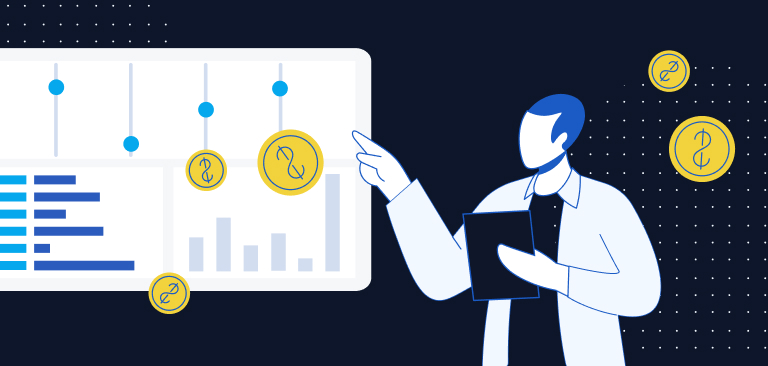
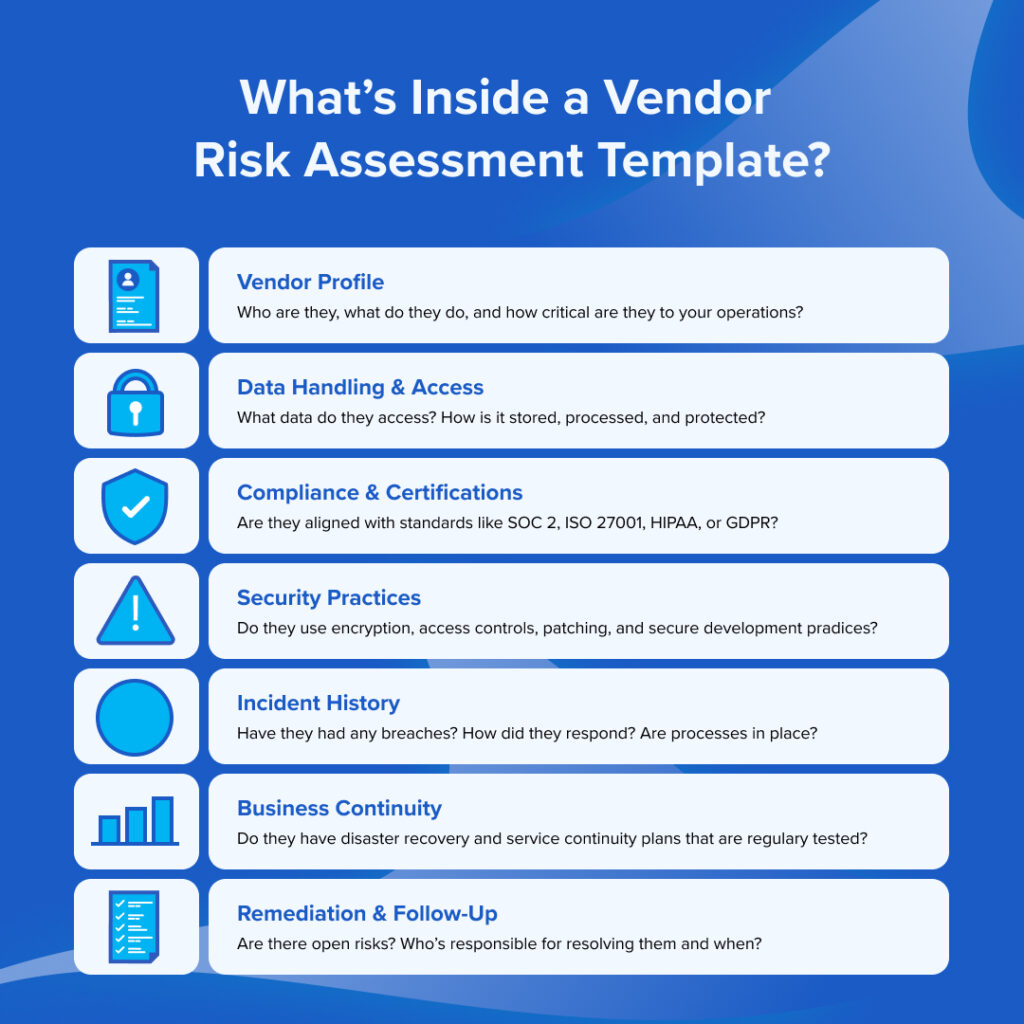
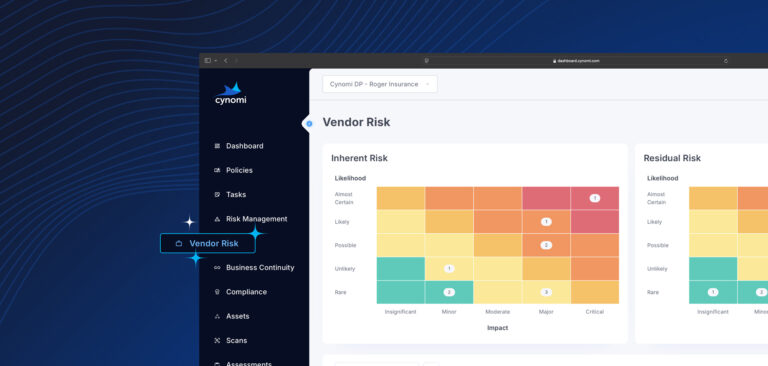

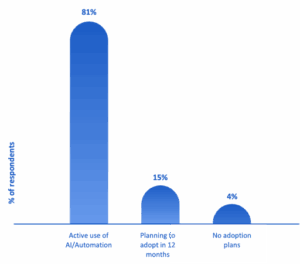

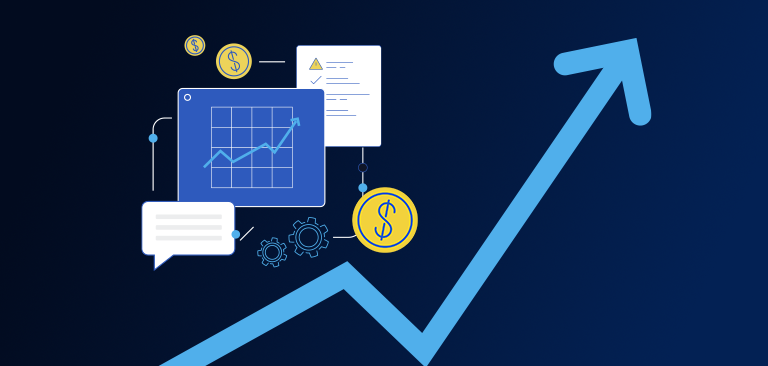



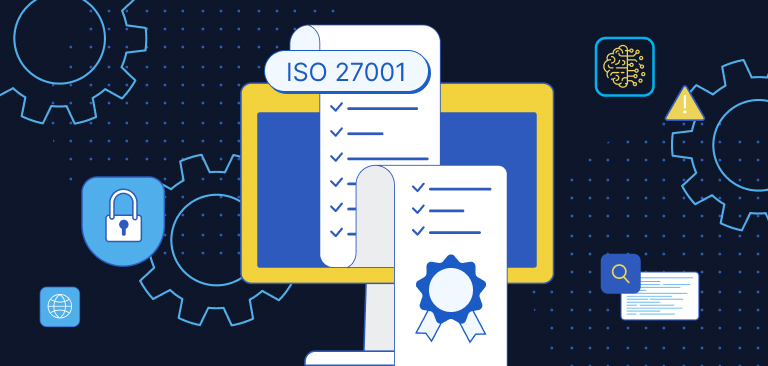
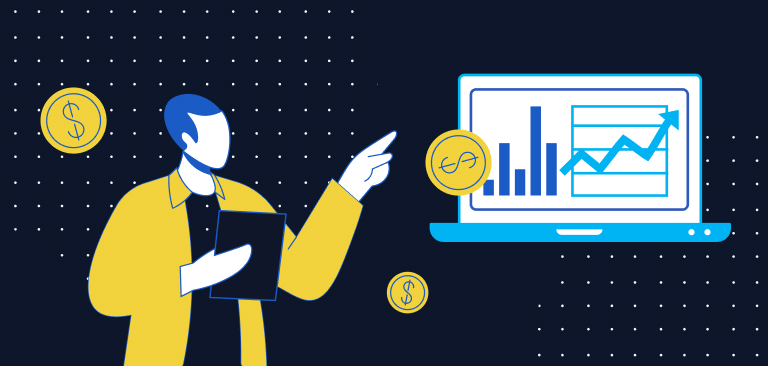
![The Essential Information Security Policy Template [XLS Download]](https://cynomi.com/wp-content/uploads/2024/12/The-Essential-Information-Security-Policy-Template-XLS-Download-1-1-768x366.png)

